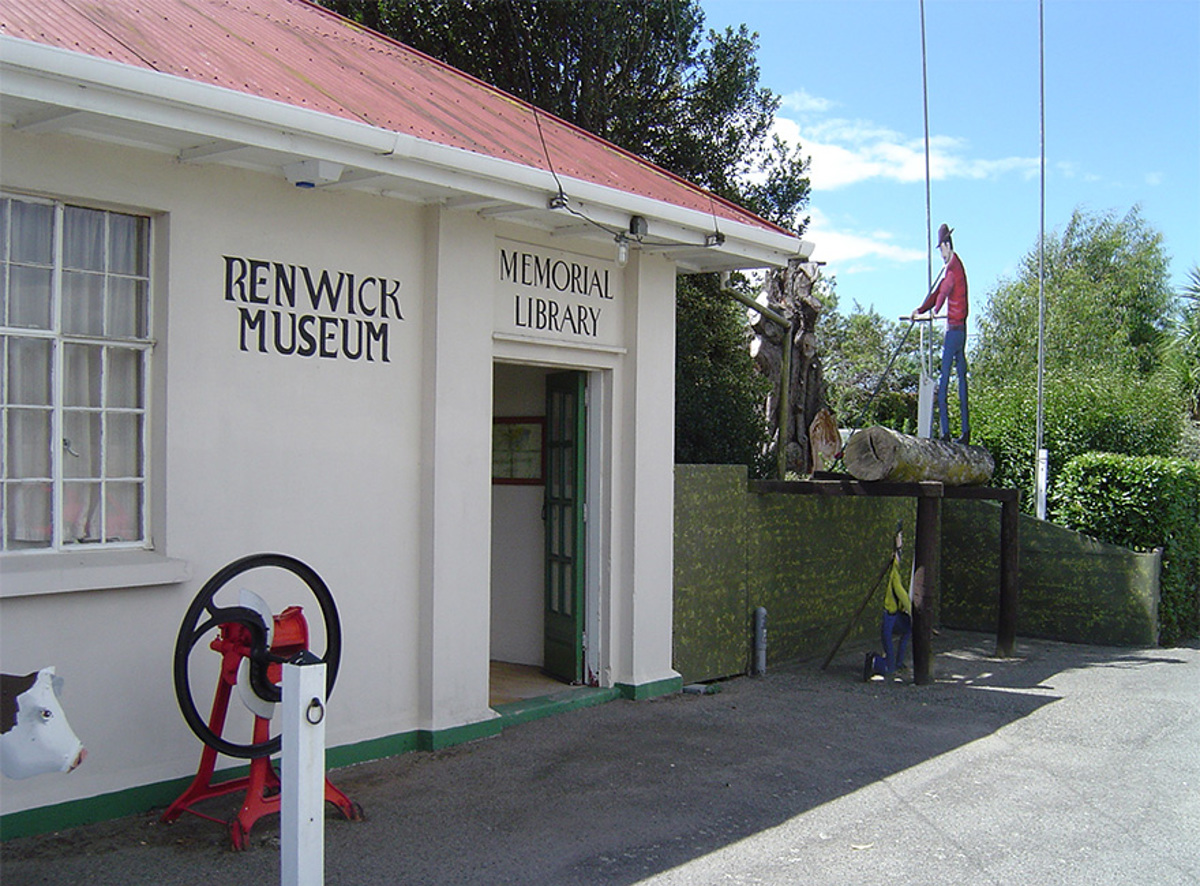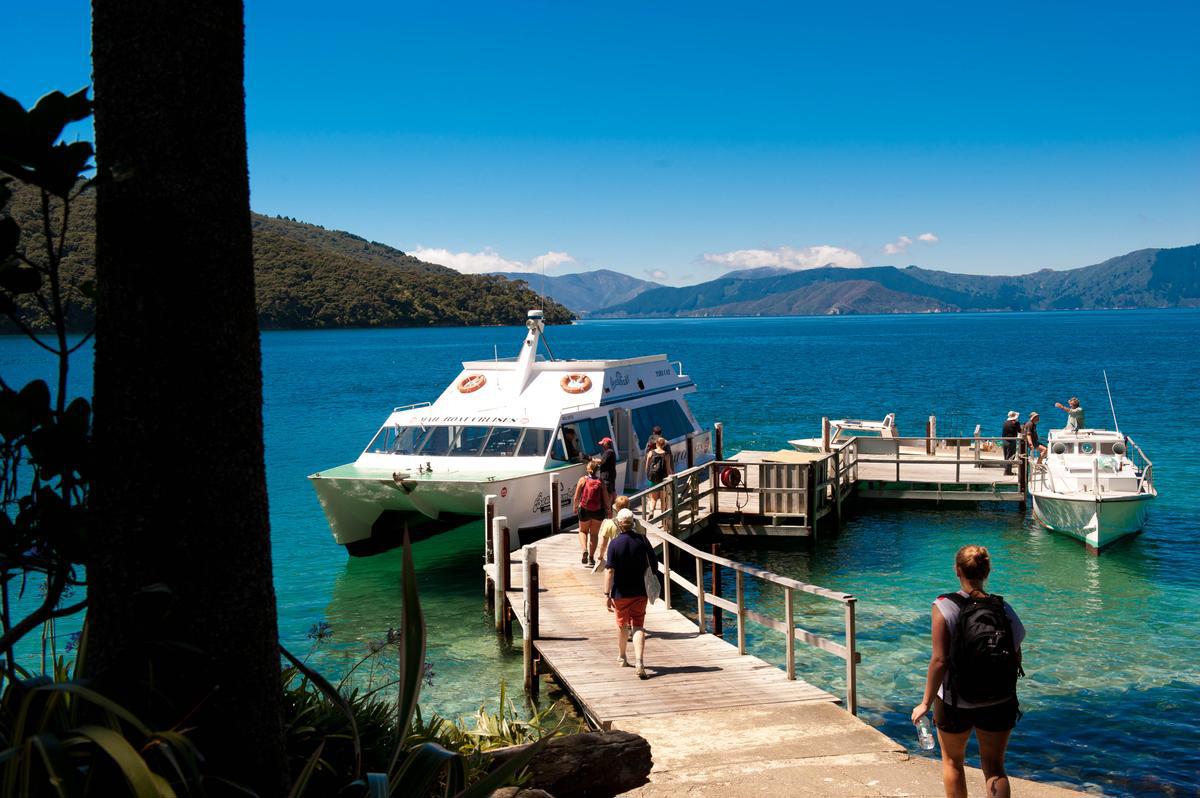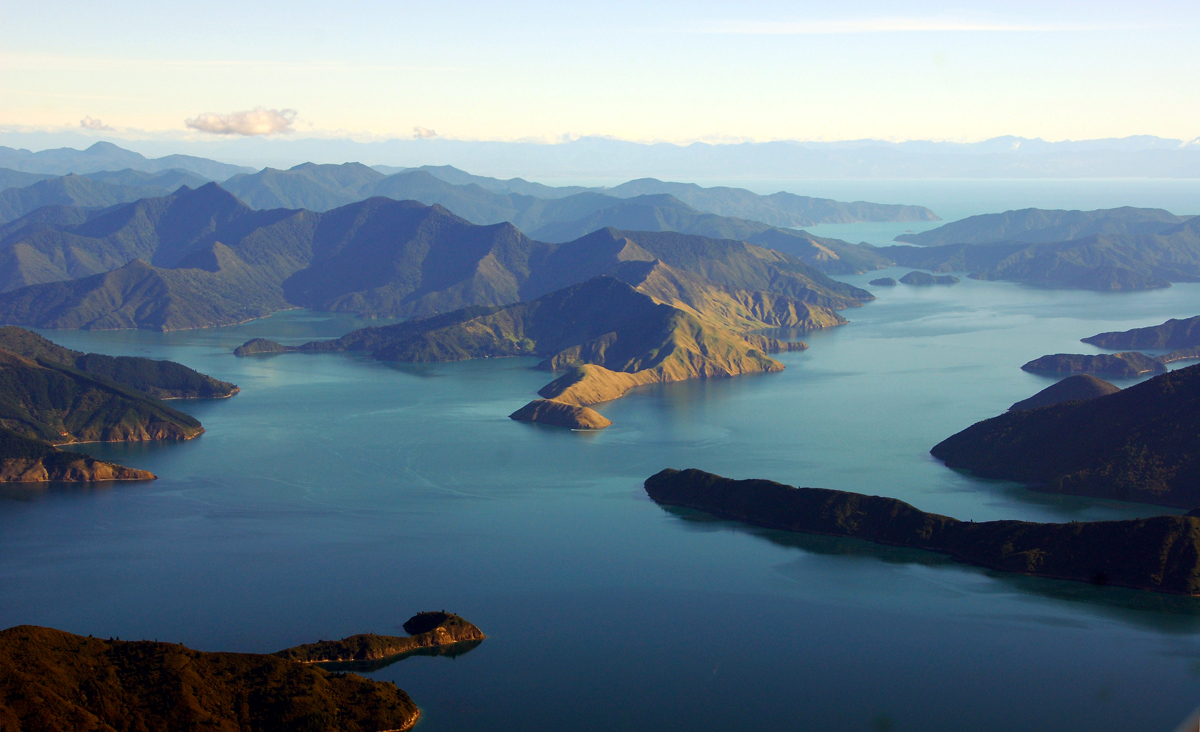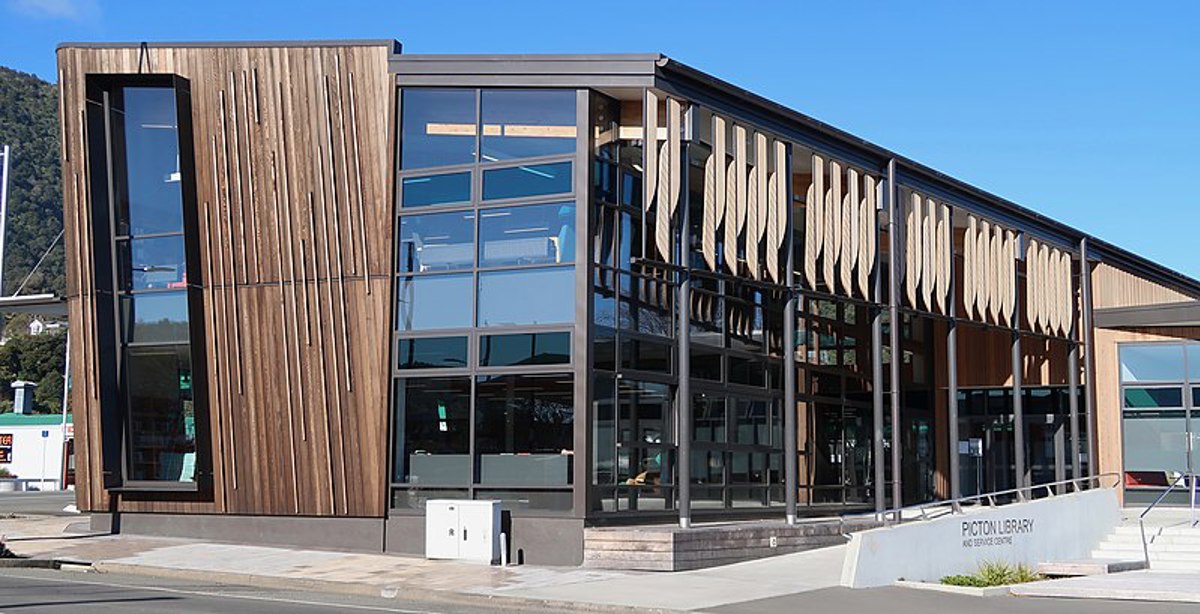Heritage, Culture & Arts

These people, the way they lived, and how they dealt with history’s major events has shaped Marlborough into what it is today.
Those stories are all here, waiting to be discovered all over again in the places where they happened or in our galleries, museums, art and theatre productions.
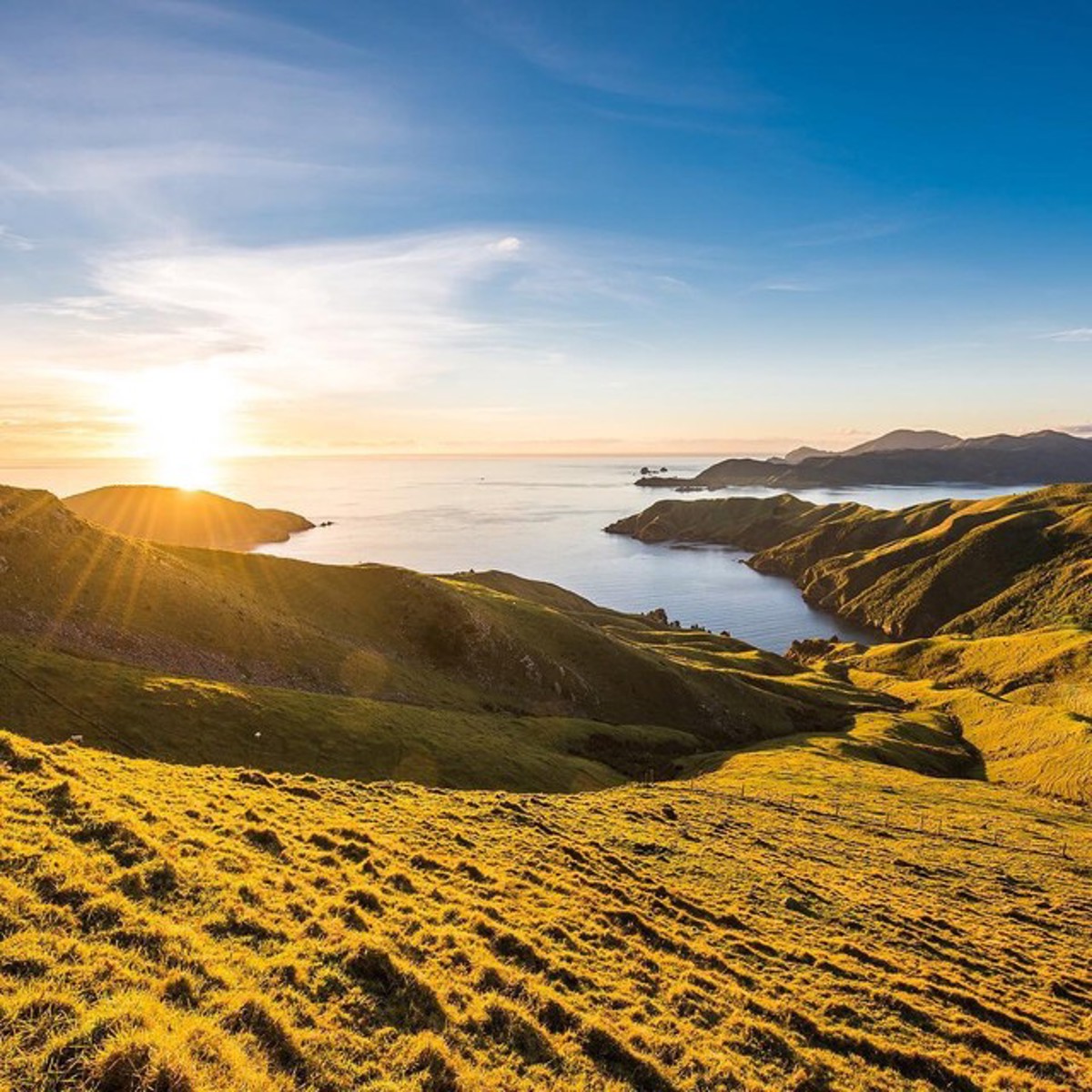
Te Aumiti/French Pass Heritage
Te Aumiti/French Pass is the narrow channel of water between Rangitoto ki te Tonga/D’Urville Island and the South Island at the northern end of the Marlborough Sounds. French Pass shares its name with the nearby settlement originally called Anaru.
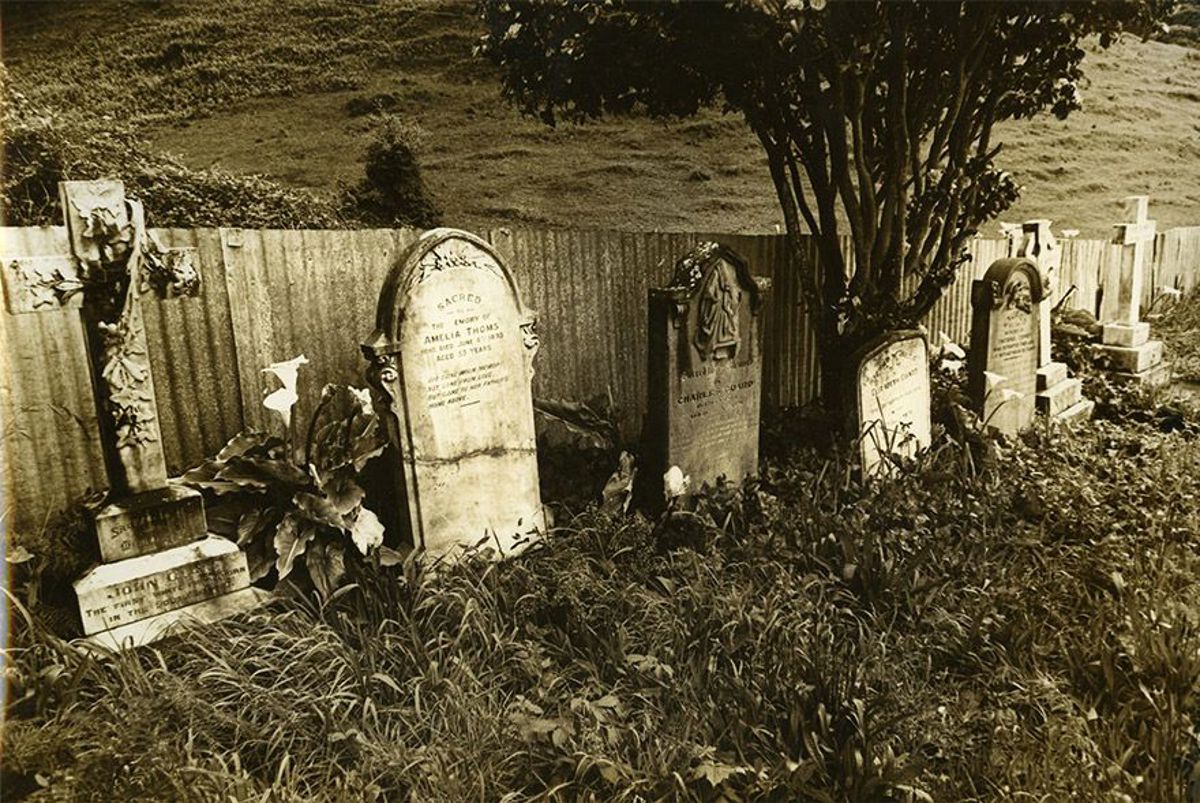
Kākāpō Bay Cemetery Heritage
A small cemetery at the top of Te Whanganui/Port Underwood, eastern Marlborough Sounds, is full of fascinating stories.

Te Hoiere/Pelorus Heritage
The place where the Rai River pours into Te Hoiere/Pelorus River is called Titi Raukawa: Where the two waters meet.
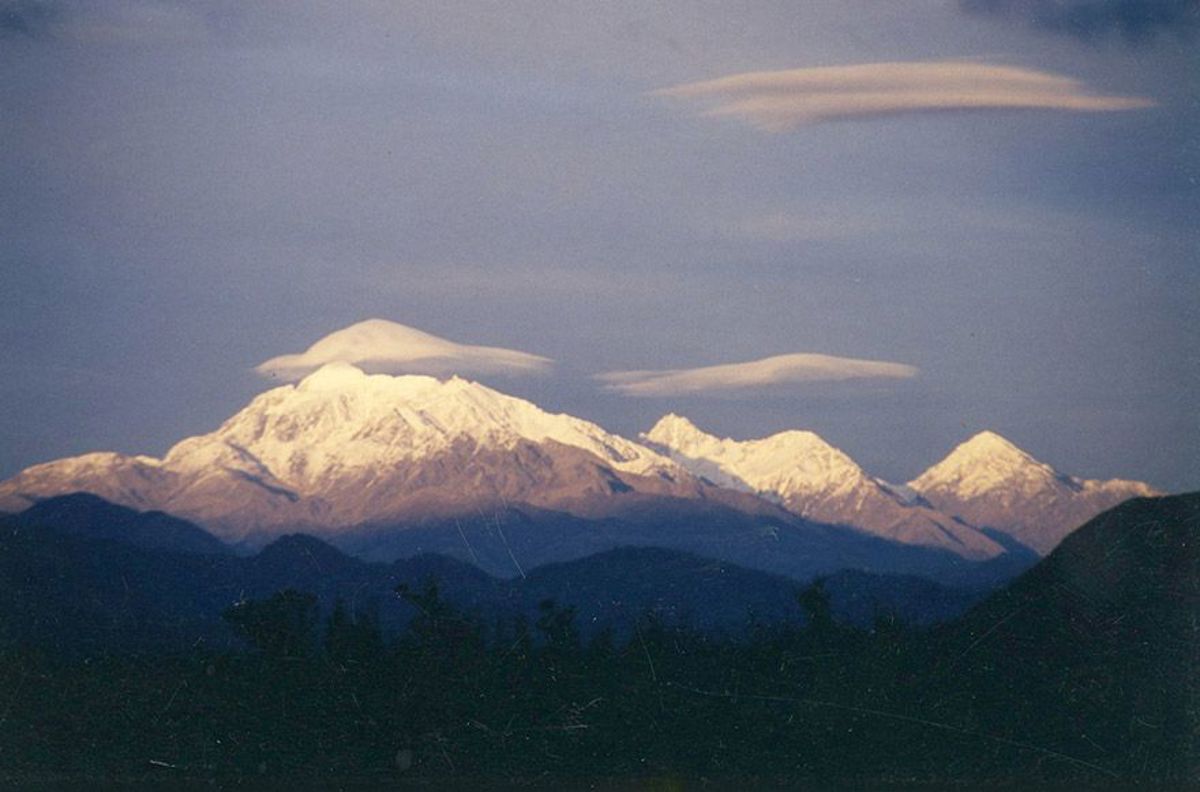
Mt Taupae-o-Uenuku
Marlborough’s highest peak, Mt Tapuae-o-Uenuku in the Inland Kaikōura Ranges, is considered a sacred place by Marlborough’s Māori tribes.
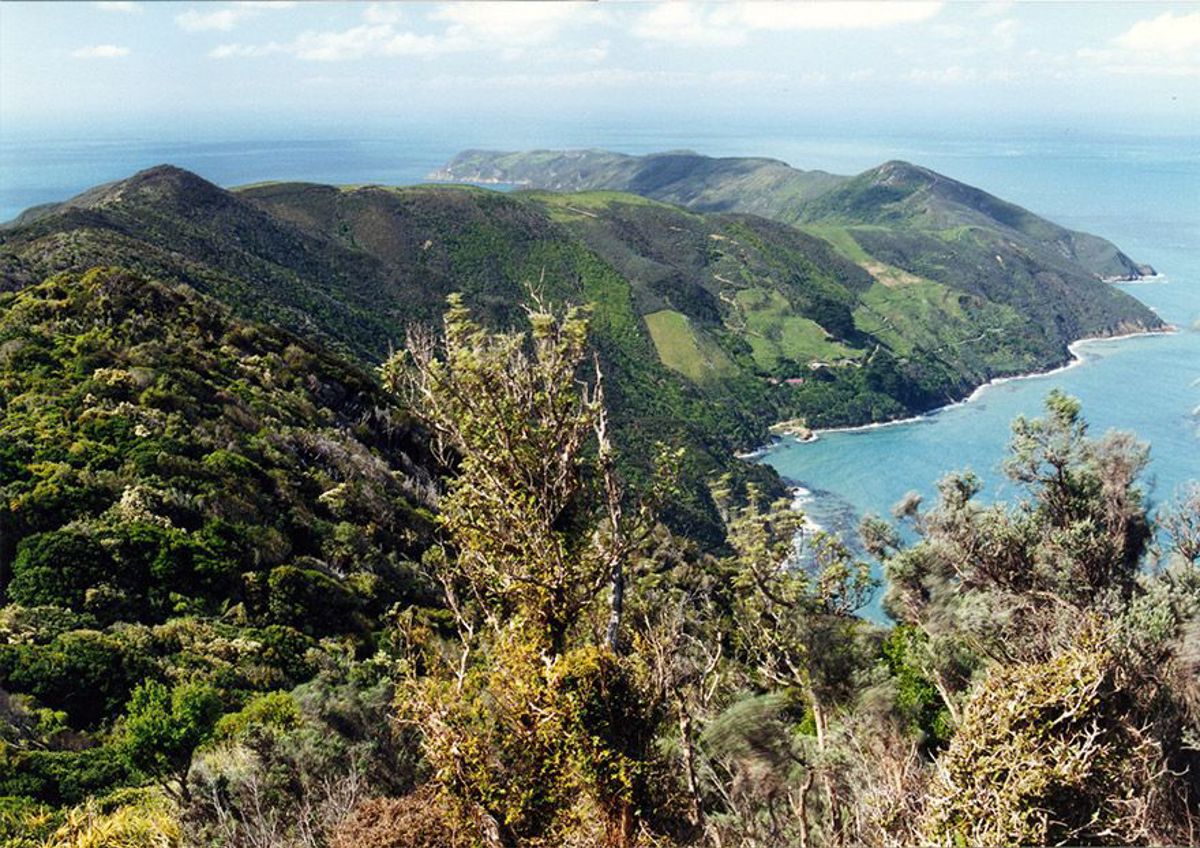
Te Taonui-o-Kupe/Cape Jackson Heritage
Te Taonui-o-Kupe/Cape Jackson, at the head of Tōtaranui/Queen Charlotte Sound, commemorates many of the aspects of legendary Polynesian navigator Kupe’s journey from Hawaiki to Aotearoa.
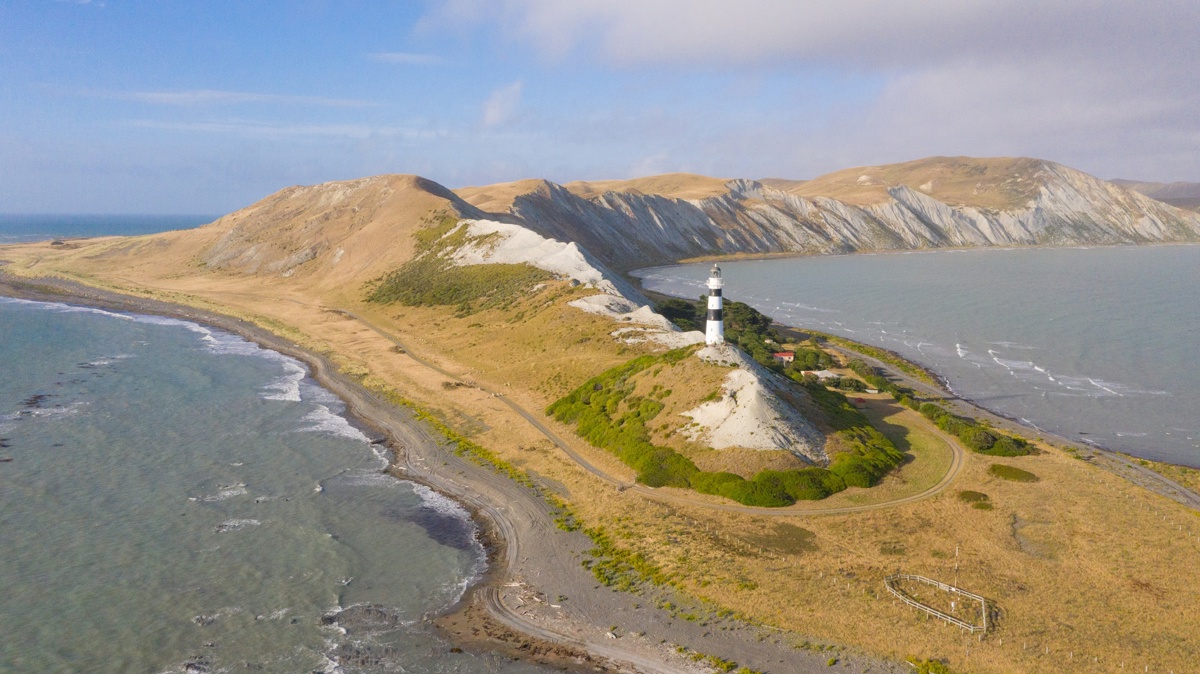
Te Karaka/Cape Campbell Heritage
Te Karaka/Cape Campbell, 50km south of Blenheim and the southeastern end of Raukawa/Cook Strait, is an area steeped in rich farming and maritime history.
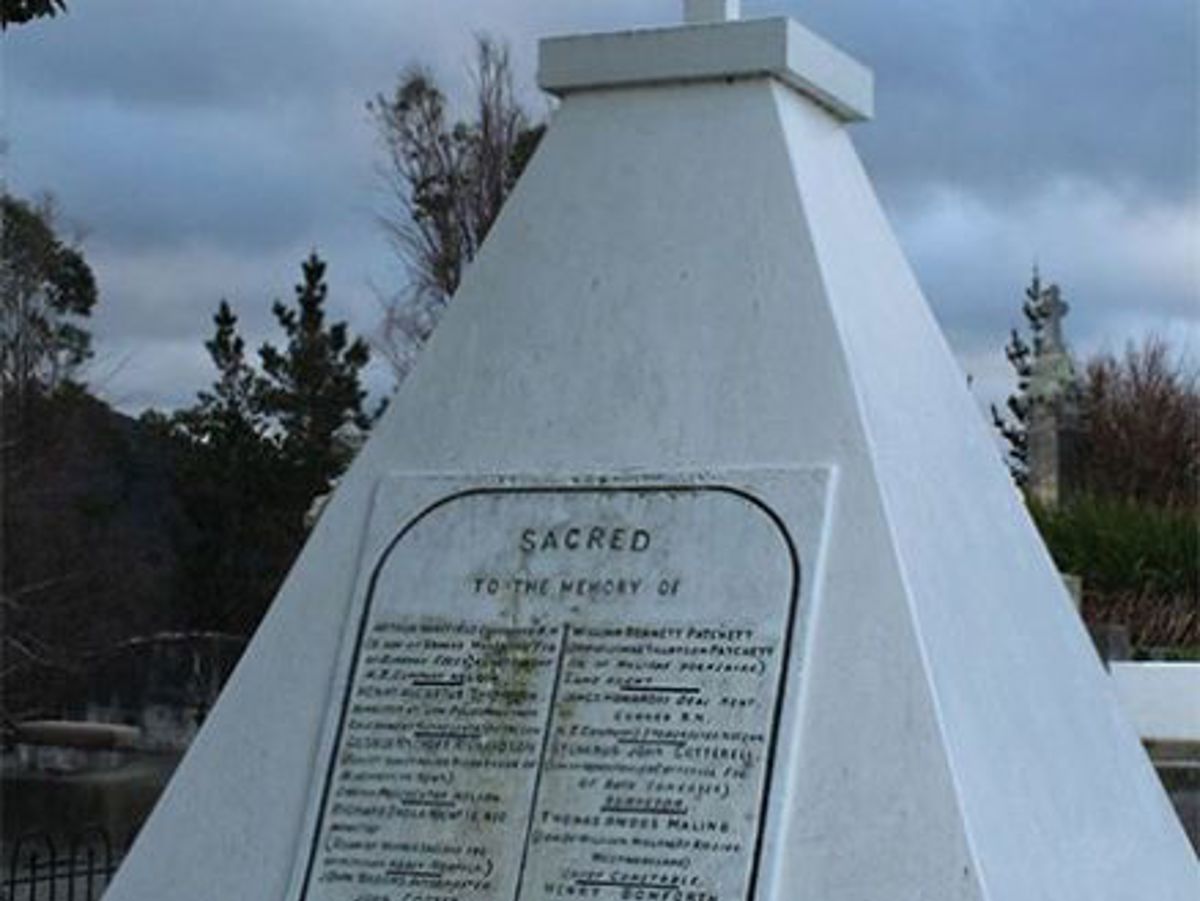
Wairau Affray Heritage
At a small rest area alongside State Highway 1 north of Blenheim, a gnarled old tītoki tree marks the spot where Marlborough's bloodiest battle took place between Māori and Europeans.
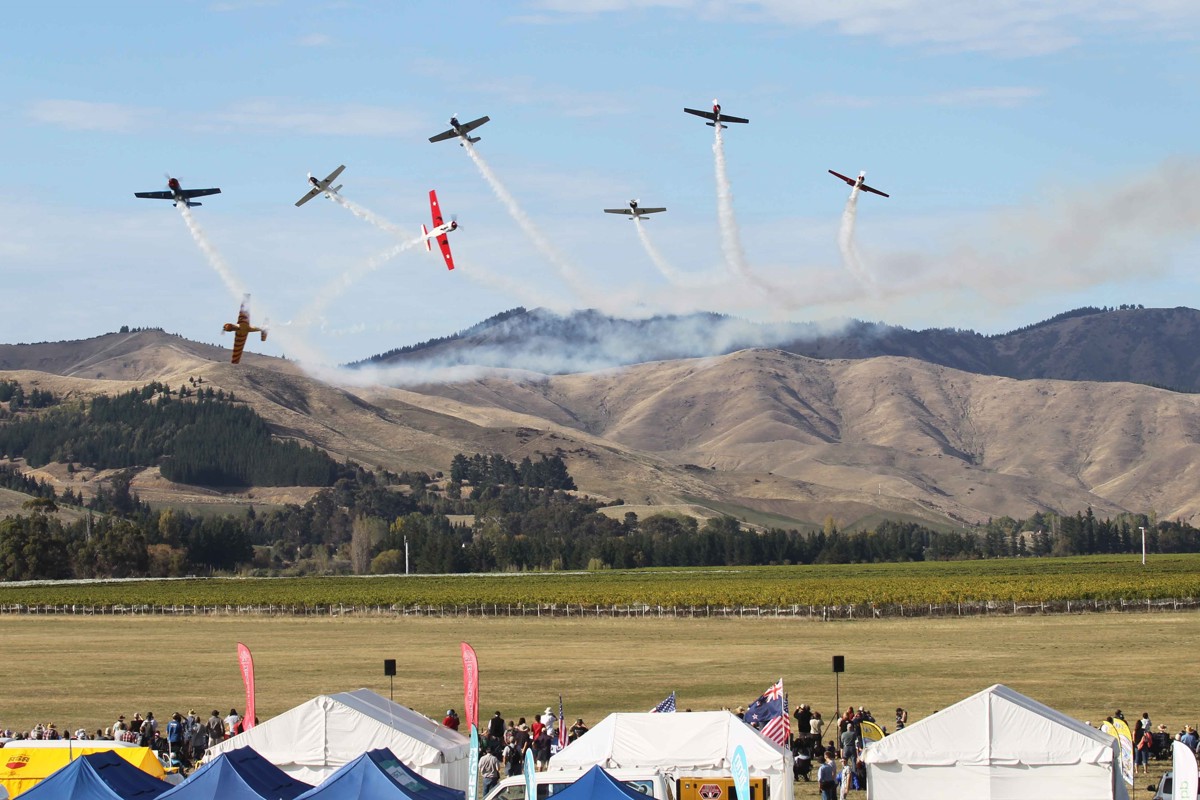
Classic Fighters Airshow
One of the Southern Hemisphere’s largest and most significant airshows is held in Marlborough every two years.

Wairau and Waikārapi/Vernon Lagoons Heritage
At the influence of Te Waiharakeke/Blenheim’s Wairau and Ōpaoa Rivers, sheltered from the pounding Pacific Ocean by the 8km Te Pokohiwi/boulder bank, are the Wairau and Waikārapi/Vernon Lagoons.
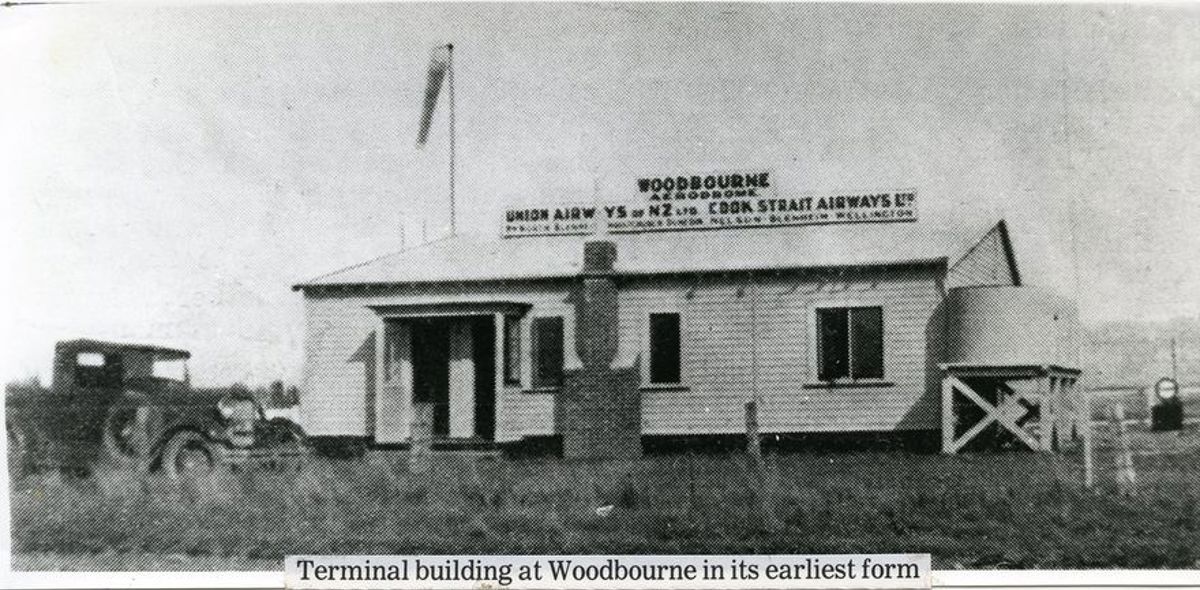
Marlborough Airport Heritage
Marlborough Airport, located at Woodbourne 8km west of Te Waiharakeke/Blenheim, is the region’s main airport.
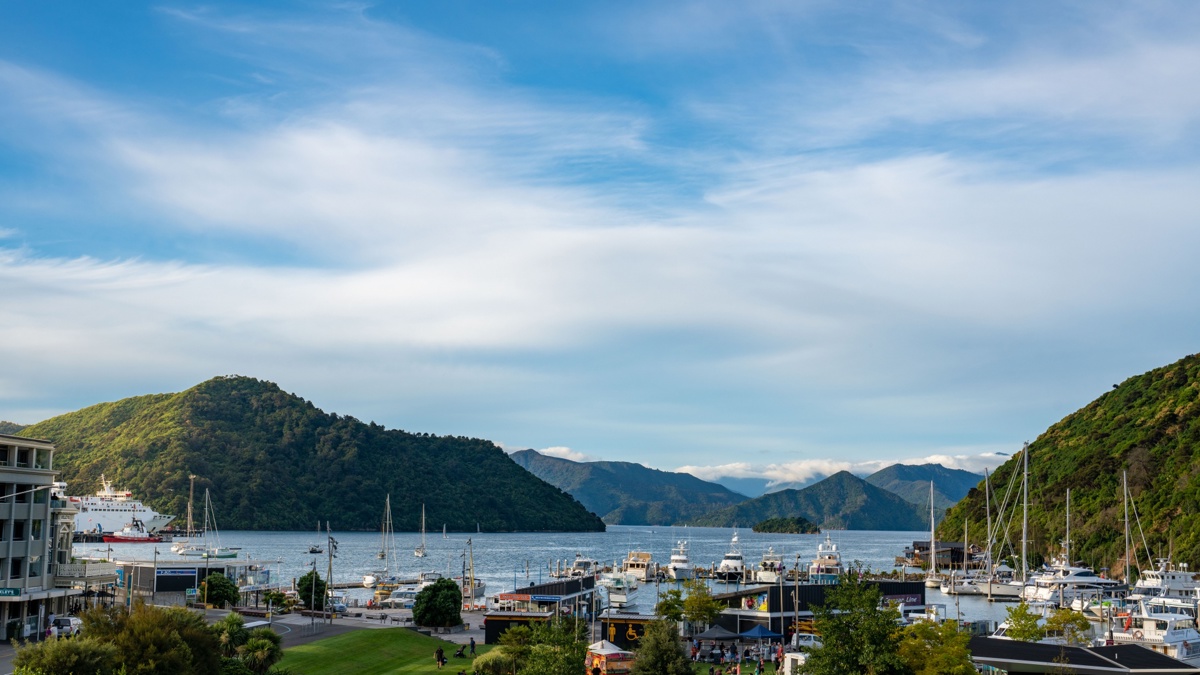
Picton Heritage & Whaling Museum
Explore the long and fascinating past of Waitohi/Picton and the Marlborough Sounds through the extensive historical collection at the Picton Heritage & Whaling Museum.
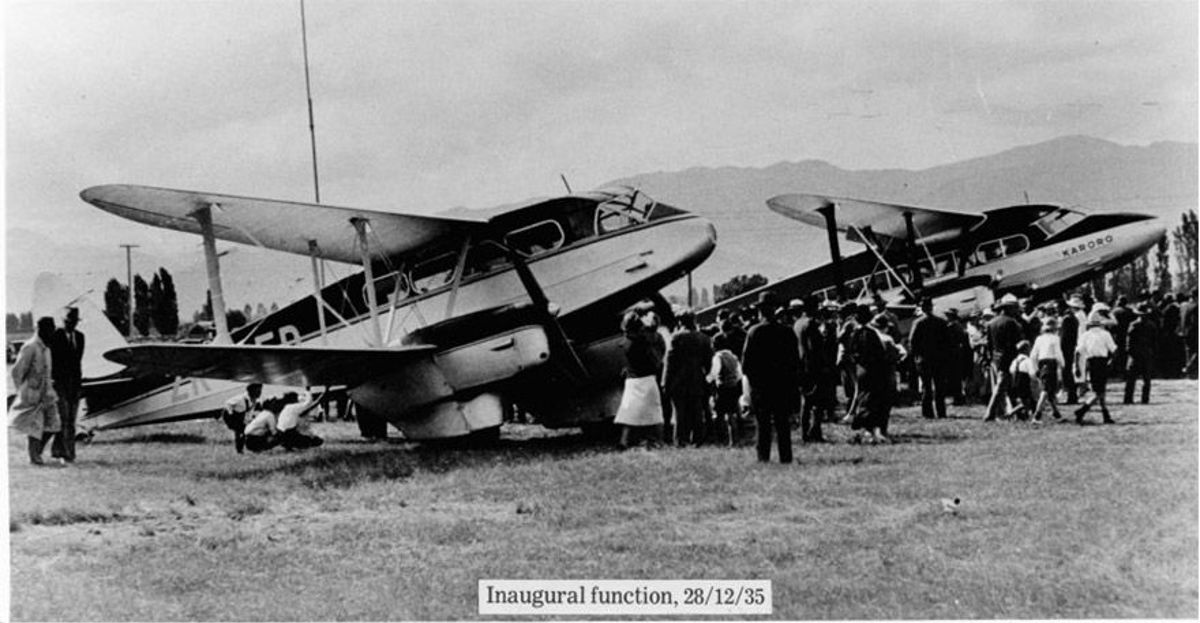
Omaka Aerodrome Heritage
Omaka Aerodrome is a busy recreational and commercial aerodrome in Te Waiharakeke/Blenheim.
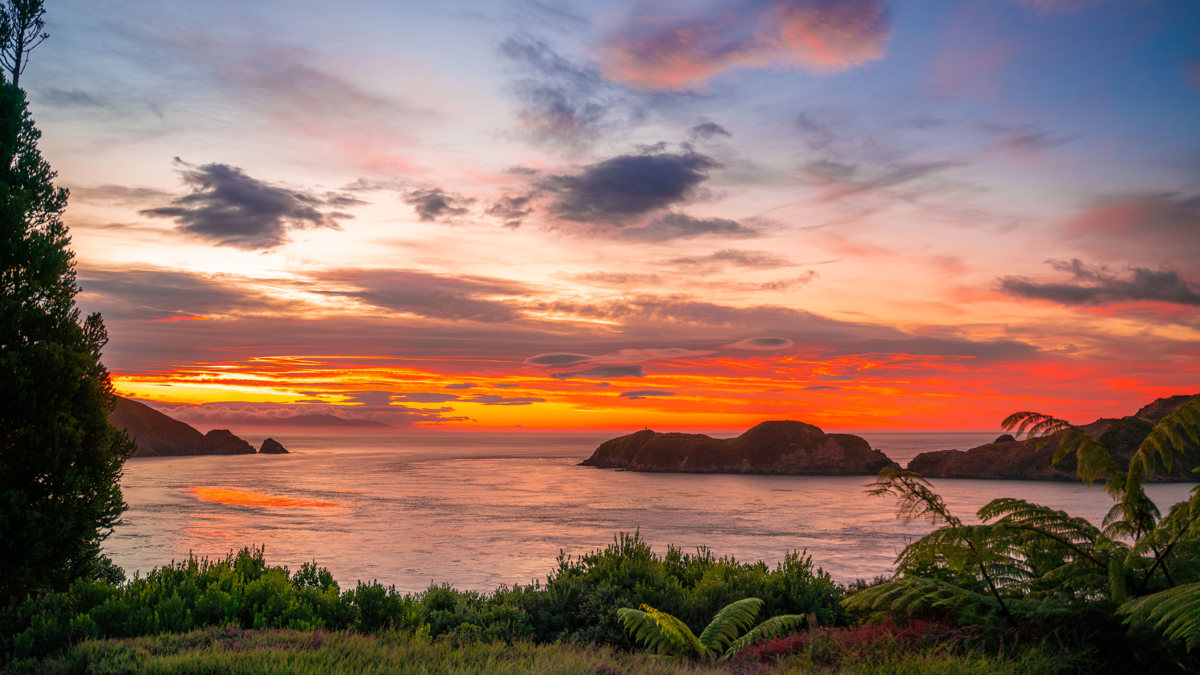
Arapaoa Island
Arapaoa Island is significant to local iwi Te Atiawa, whose tūpuna (ancestors) settled there before moving to Waitohi/Picton or Waikawa.
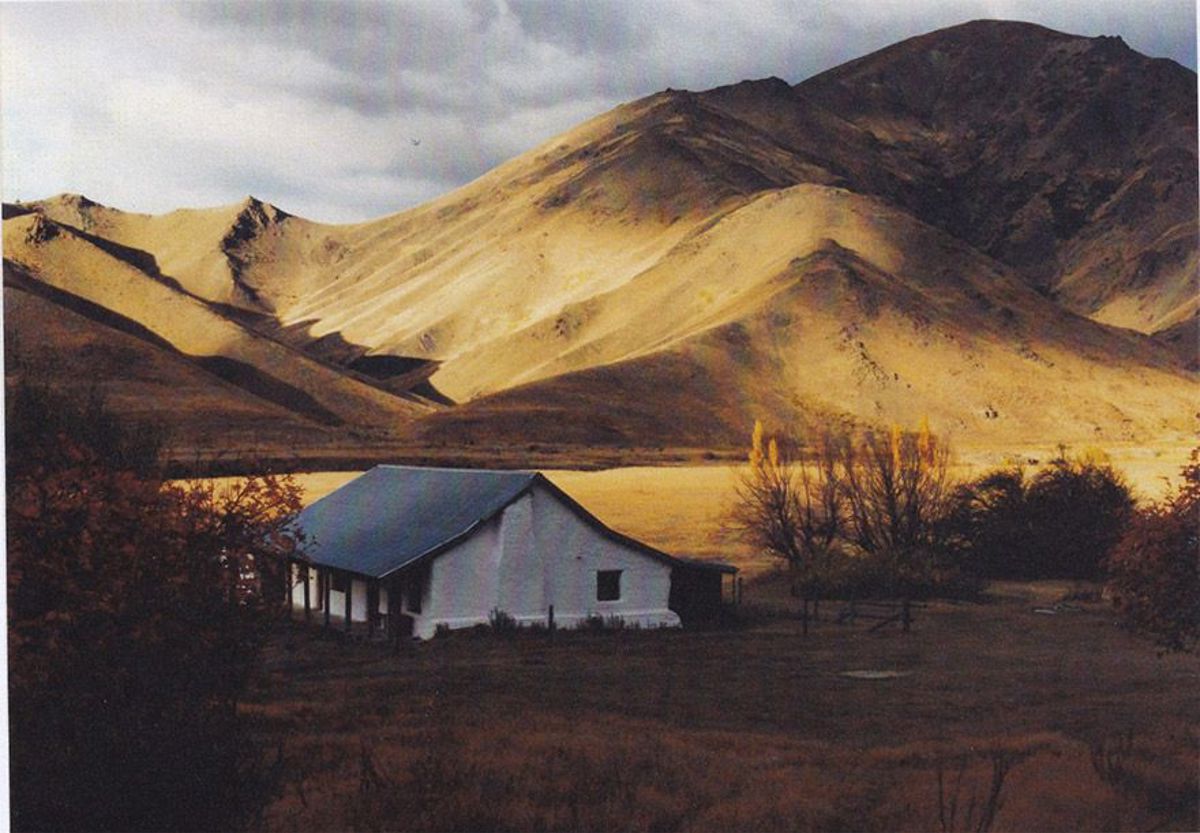
Molesworth Station Heritage
Molesworth Station, in South Marlborough’s high country, is New Zealand’s largest farm. Each summer, many visitors travel through the 180,787 hectare station to enjoy its magnificent surrounds, but also to learn of its fascinating history.
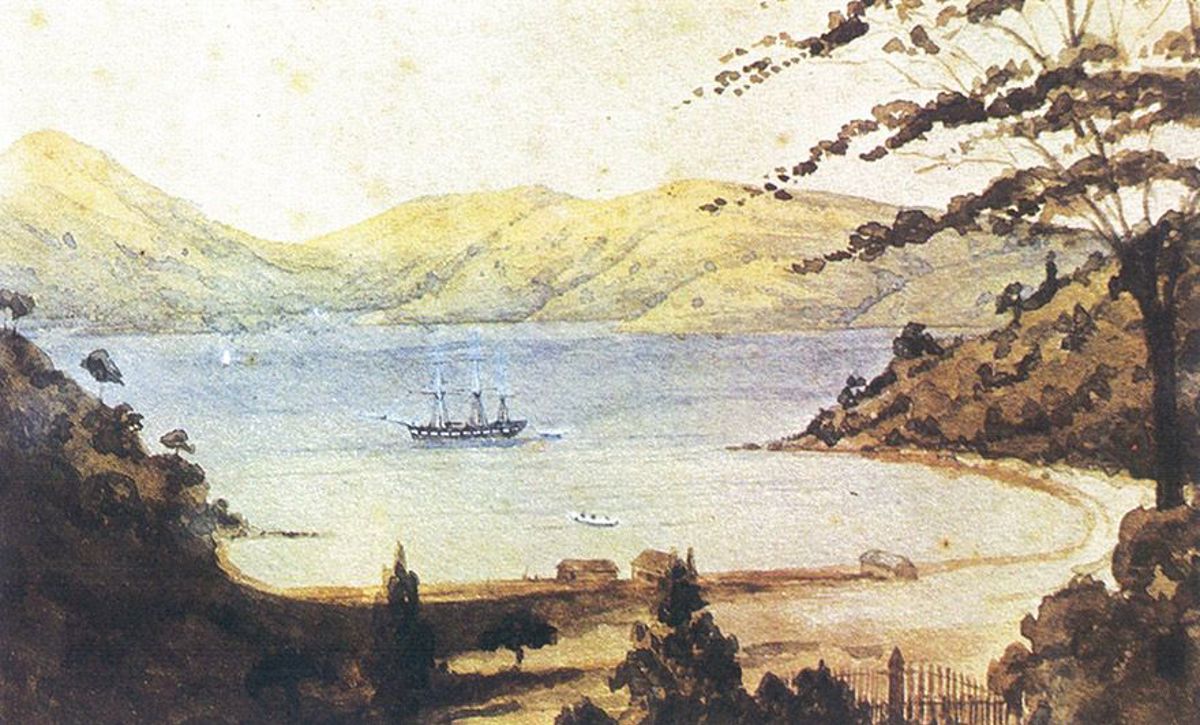
Perano Whaling Station
On a narrow platform on Arapaoa Island, just above the waterline of Kura te Au/Tory Channel, lie the skeletal concrete and steel remains of a once-thriving whaling station.

Meretoto/Ship Cove Heritage
Meretoto/Ship Cove is known as one of the first encounters between Māori and Europeans, and explorer Captain James Cook’s favourite base.

The Edwin Fox
The timber ship Edwin Fox, carefully preserved in Picton, is the world’s only surviving Australian convict ship and the last remaining wooden New Zealand immigrant ship - a piece of world heritage that was almost left to disappear into the mud of Picton Harbour.
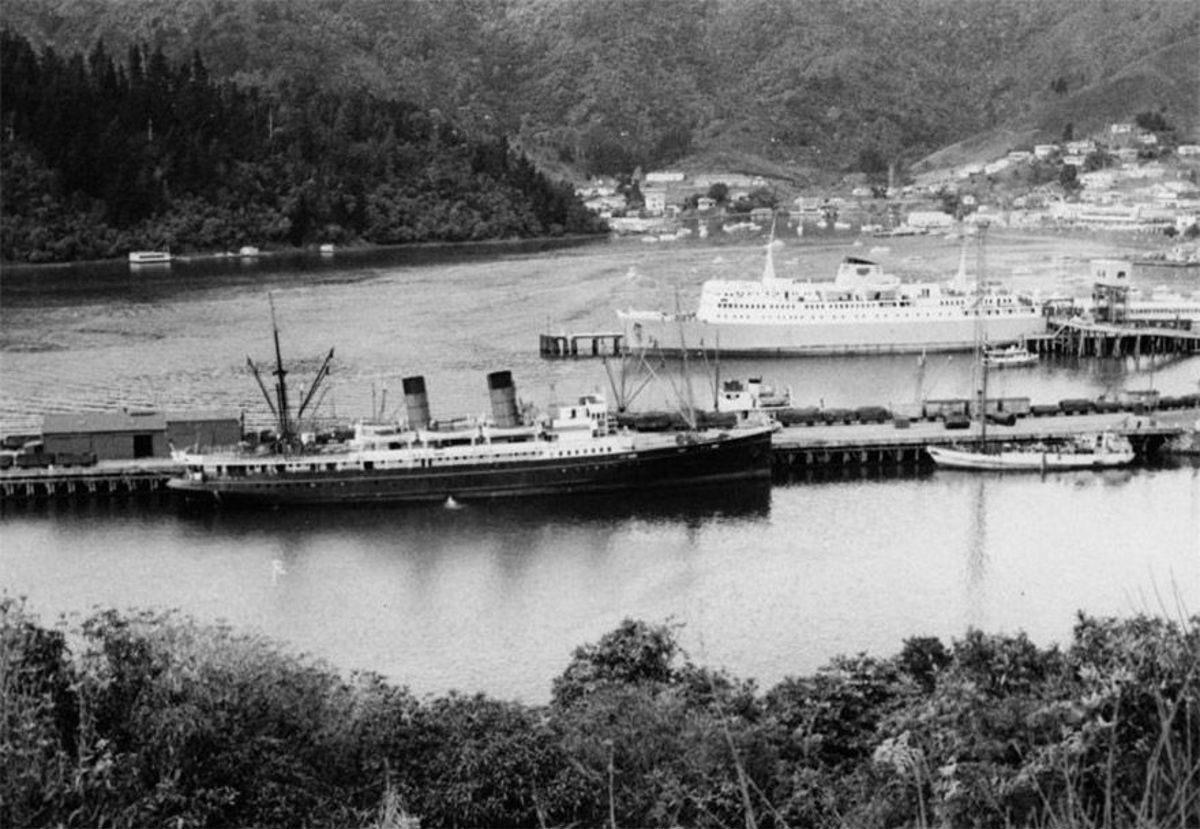
Raukawa/Cook Strait Ferries Heritage
A regular ferry service has been crossing Raukawa/Cook Strait from Te Whanganui-a-Tara/Wellington to Waitohi/Picton since 1875.
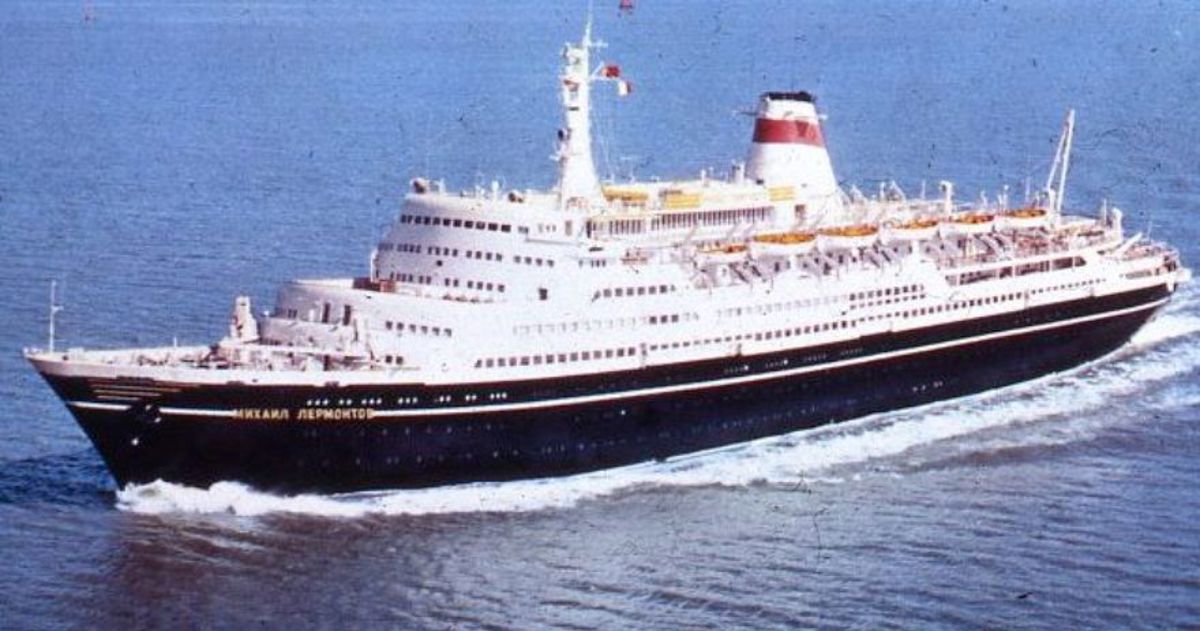
Mikhail Lermentov Heritage
A luxury Russian cruise liner that sank in the outer Marlborough Sounds is one of the world’s largest accessible dive wrecks.
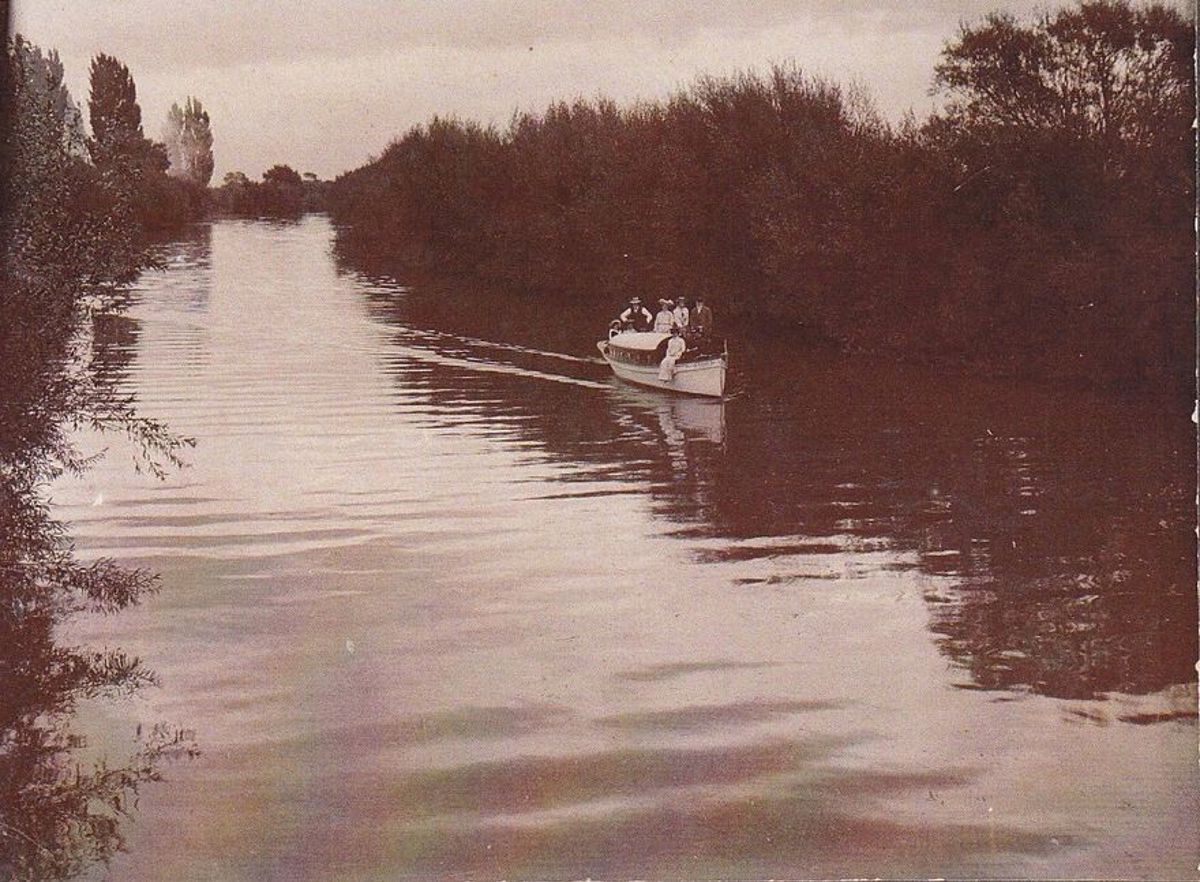
Ōpaoa River Heritage
The Ōpaoa River, which runs through Te Waiharakeke/Blenheim, has been an important food source and transport lifeline for both Māori and Pakeha.
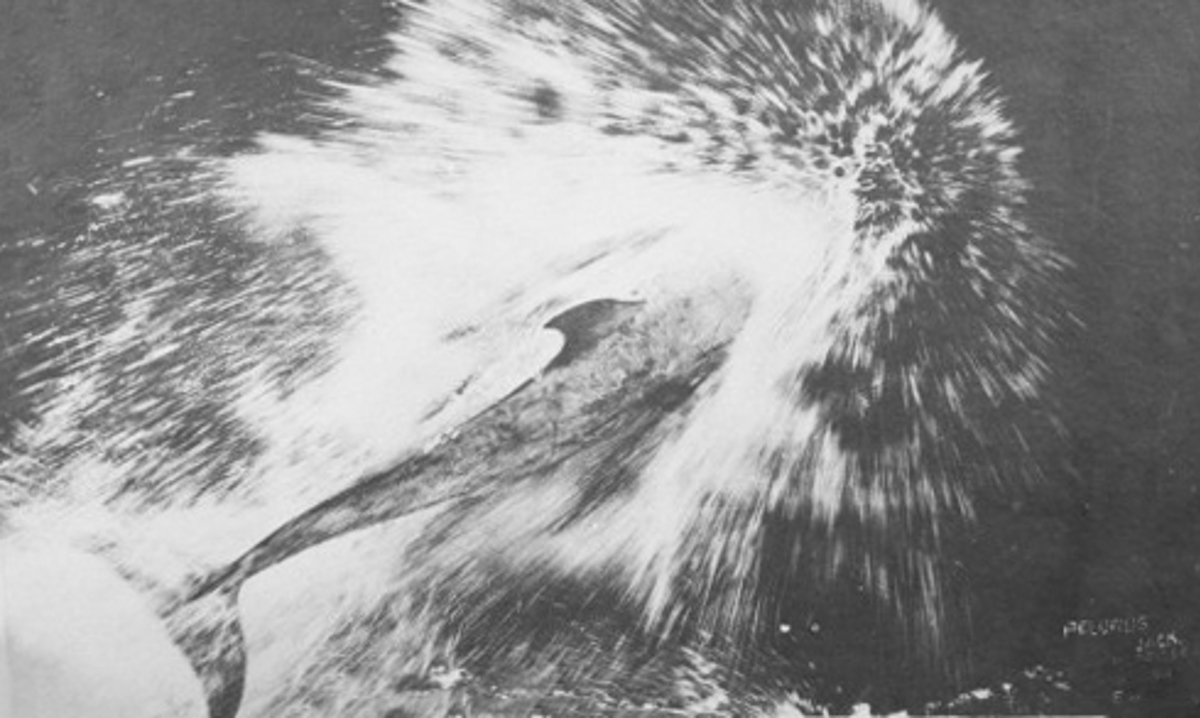
Pelorus Jack Heritage
A century ago, Marlborough became an internationally famous tourist destination thanks to one unusual dolphin.
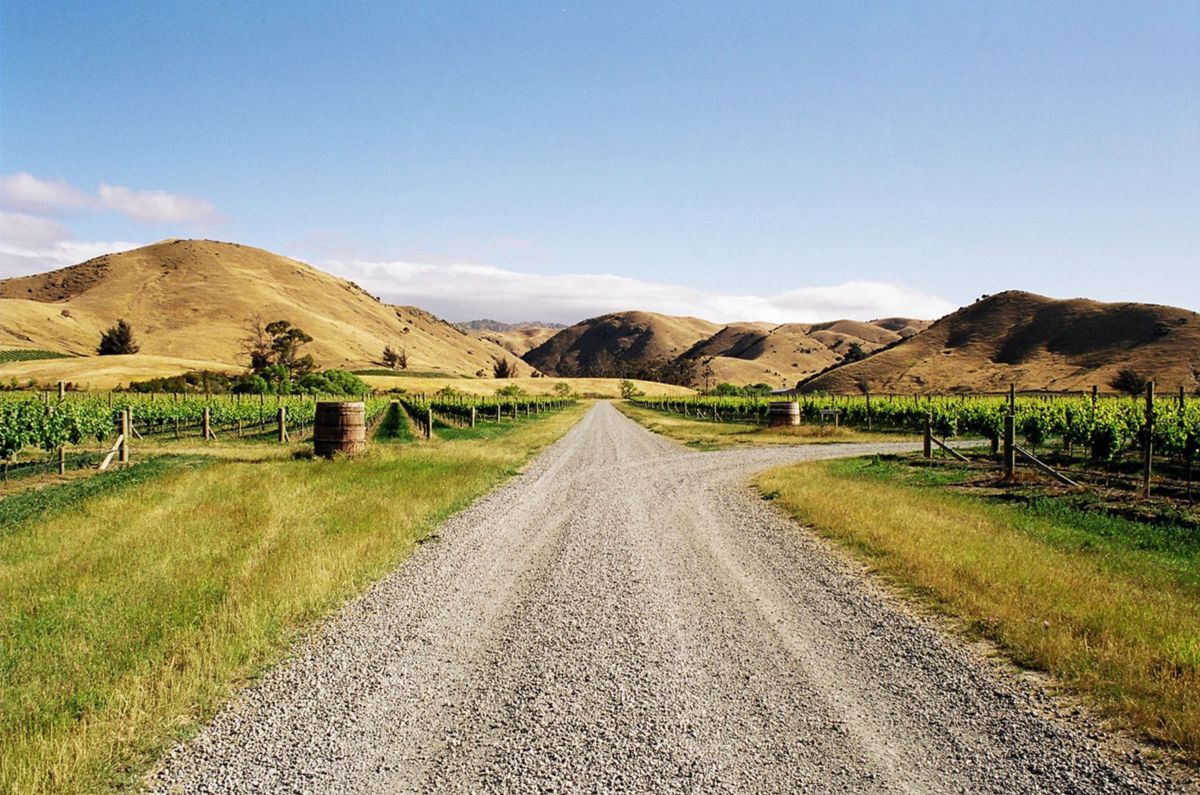
Wine Heritage
Marlborough’s journey to become one of the world’s major wine destinations began with a farmer with vision.
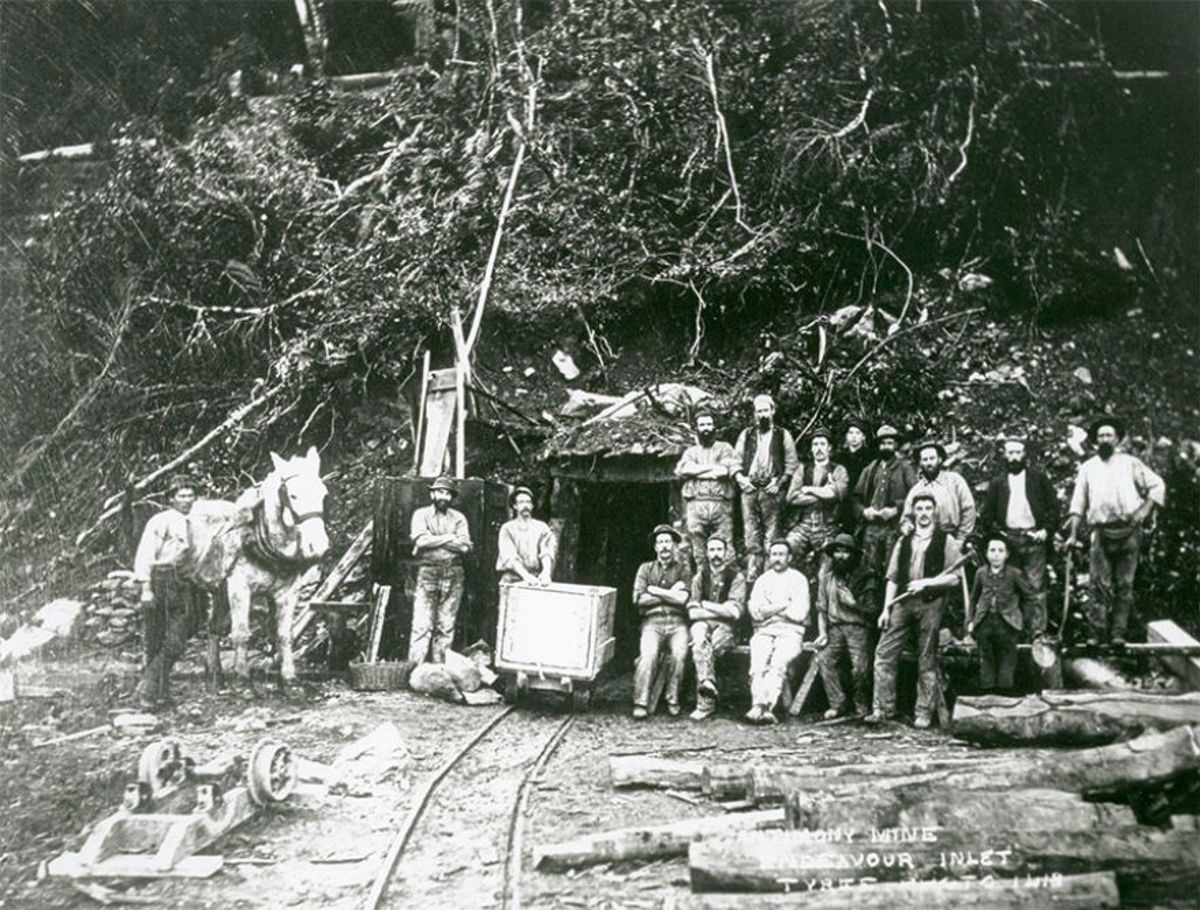
Antimony Mining Heritage
Antimony has been used for centuries for makeup, glassware and glazes. Today its uses include ceramics, glass, plastics, lead-acid batteries and solder.
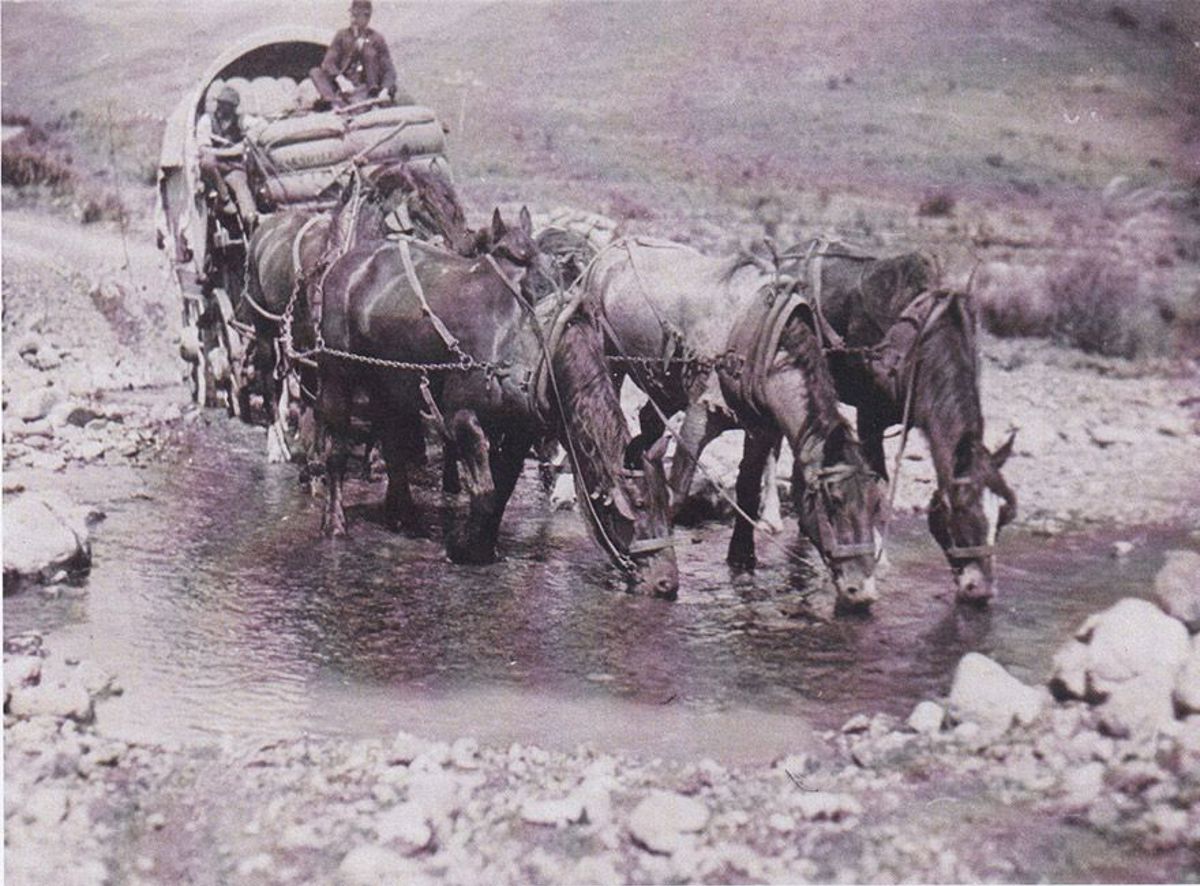
Farming Heritage
Marlborough has a proud farming heritage. Sheep were first introduced to the region in 1846, herded from Nelson to the upper Wairau Valley. That same year, the Flaxbourne Estate sheep station on Marlborough’s East Coast was also established.
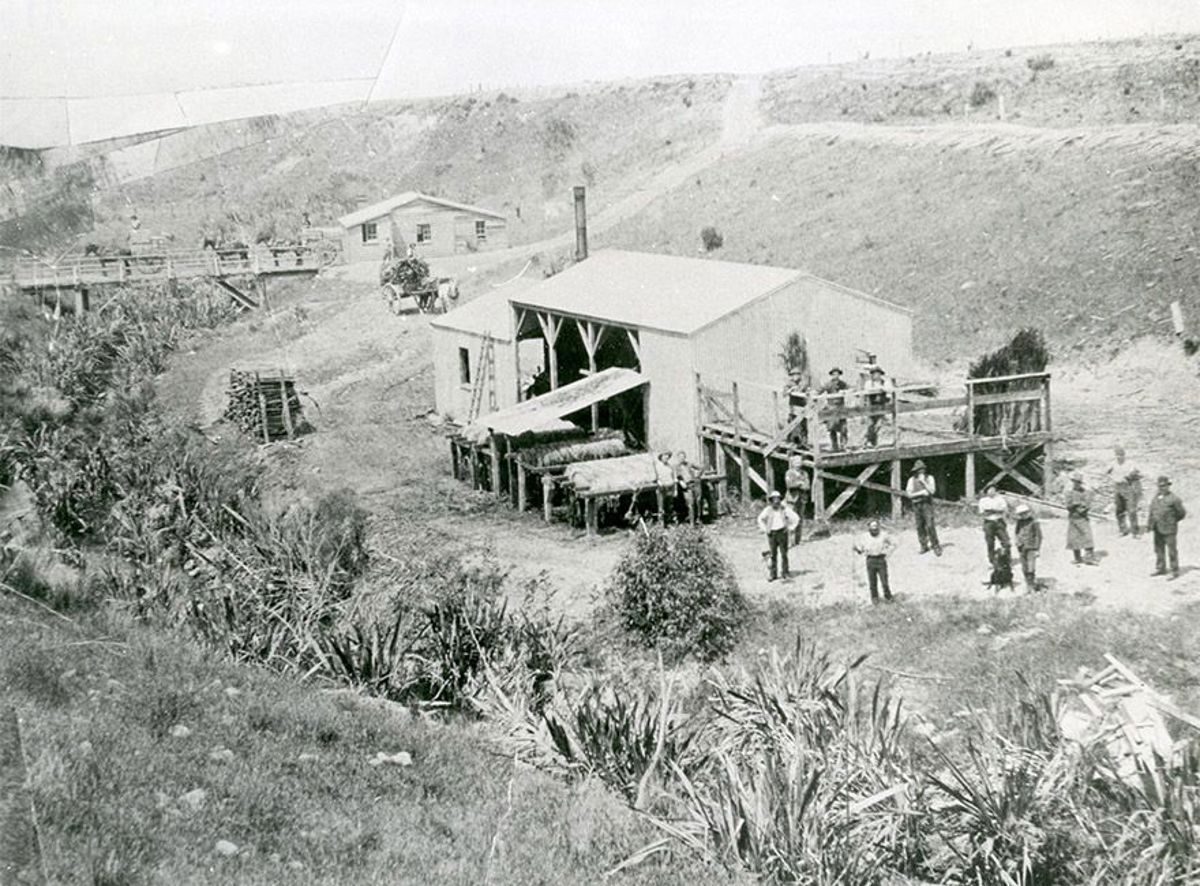
Flax Mills Heritage
Long before Marlborough’s first vines were planted, the region had a very different export crop – flax.
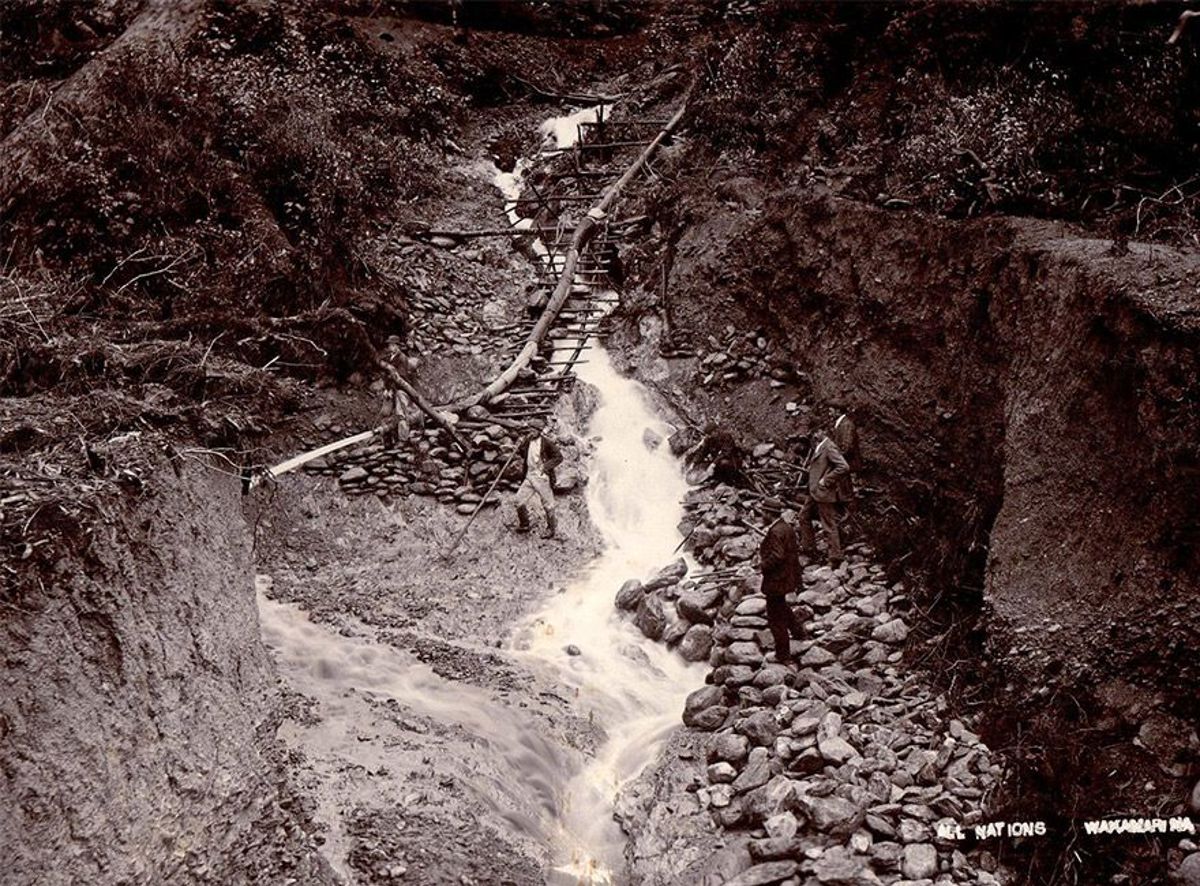
Gold Mining Heritage
Marlborough’s gold rush began at Wakamarina, between Motuweka/Havelock and Te Hoiere/Pelorus Bridge, in April 1864.

Arthur Clouston
Marlborough’s rich aviation history includes the landing of a record-breaking UK to New Zealand flight by a Kiwi pilot who learned to fly with the Marlborough Aero Club. On 20 March 1938, Arthur Clouston landed his DH.88 Comet at Omaka Aerodrome, the same place he had learned to fly.
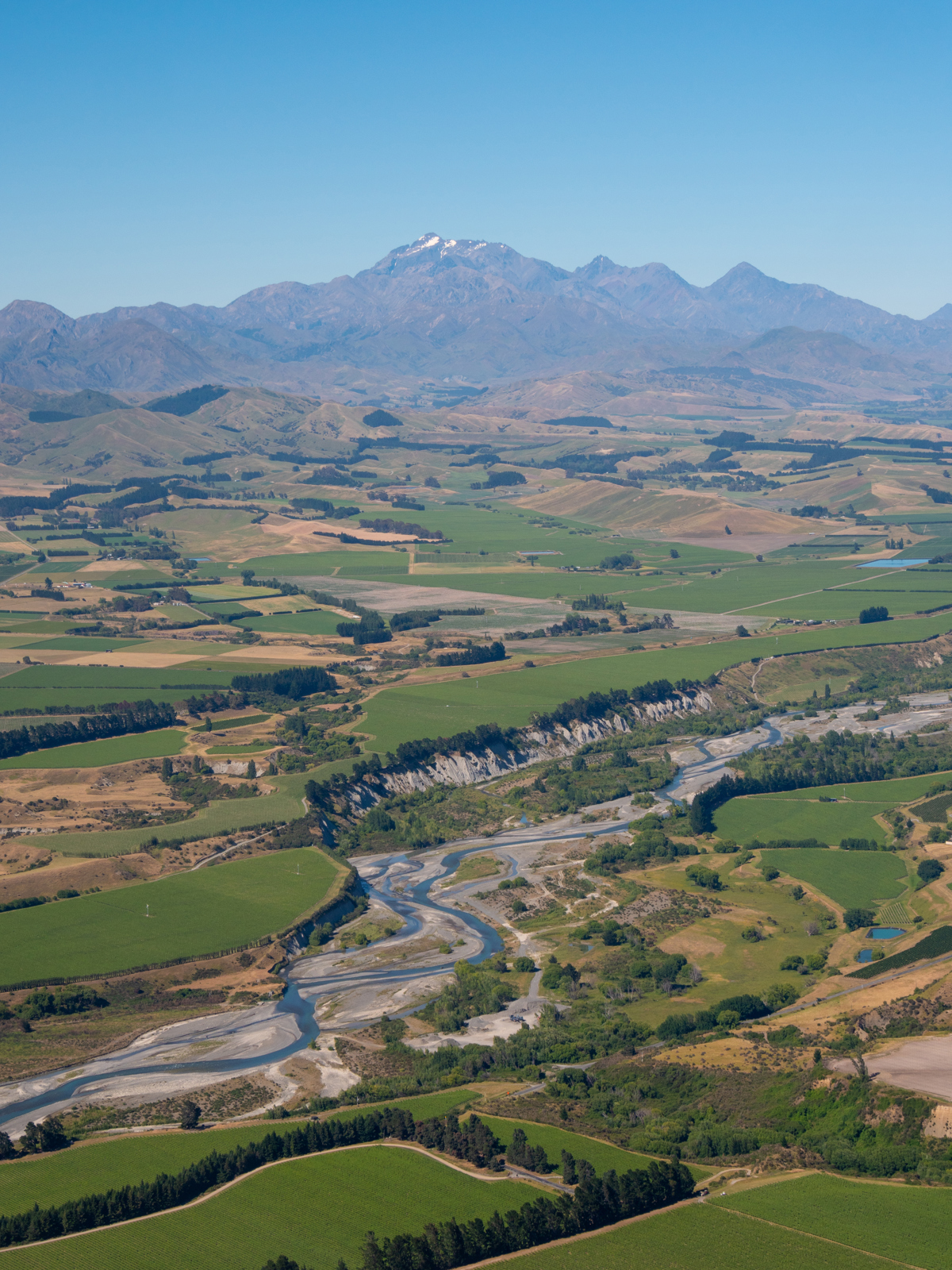
Tangata Whenua
Destination Marlborough acknowledges Marlborough's Tangata Whenua (The People of the Land).

Sir Edward Chaytor
Marlborough's most famous soldier was arguably Major General Sir Edward Walter Clervaux Chaytor.
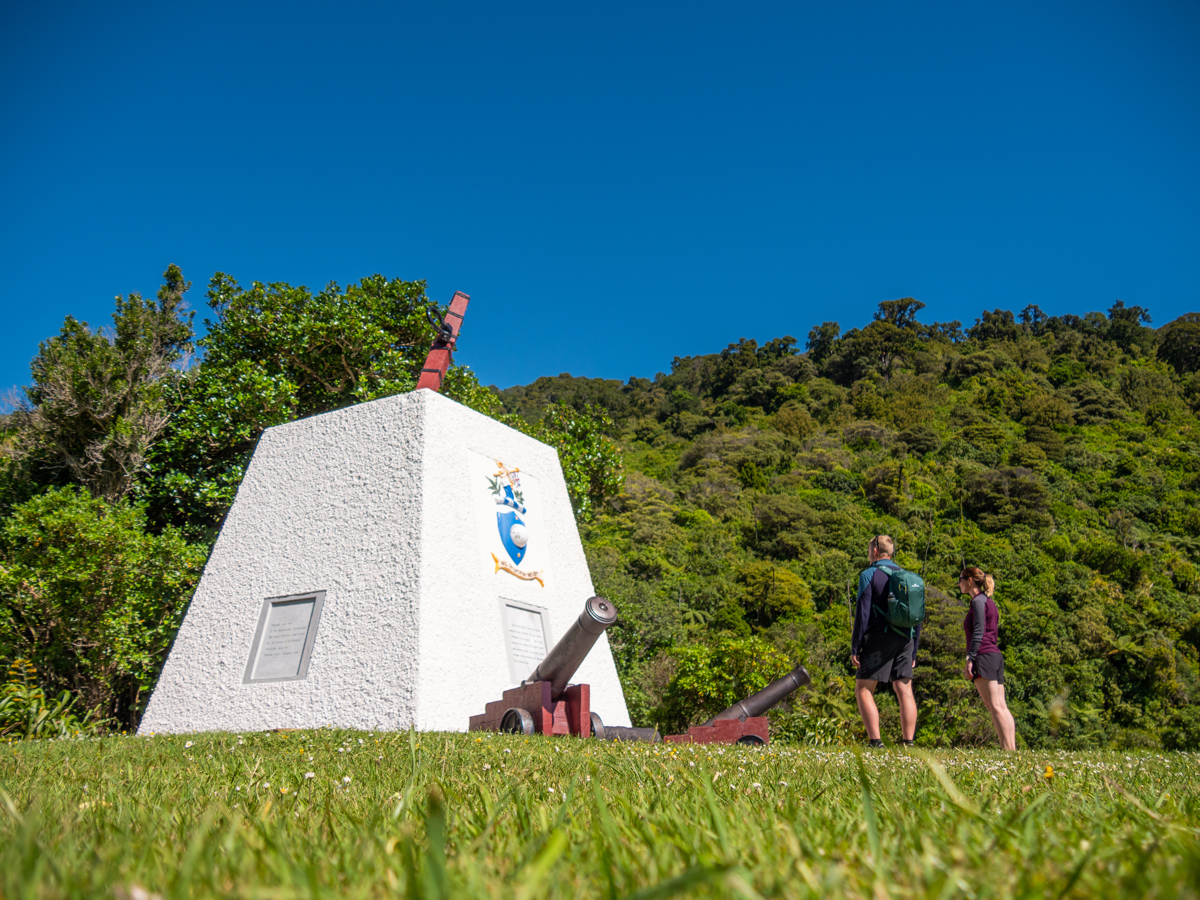
Captain Cook
English explorer Captain James Cook was the first European to make contact with Aotearoa/New Zealand since the ill-fated visit by Dutchman Abel Tasman in 1642.

Sir Edmund Hillary
When famous Kiwi mountaineer Sir Edmund Hillary summited Marlborough’s highest peak in 1944, he didn’t do it the easy way.
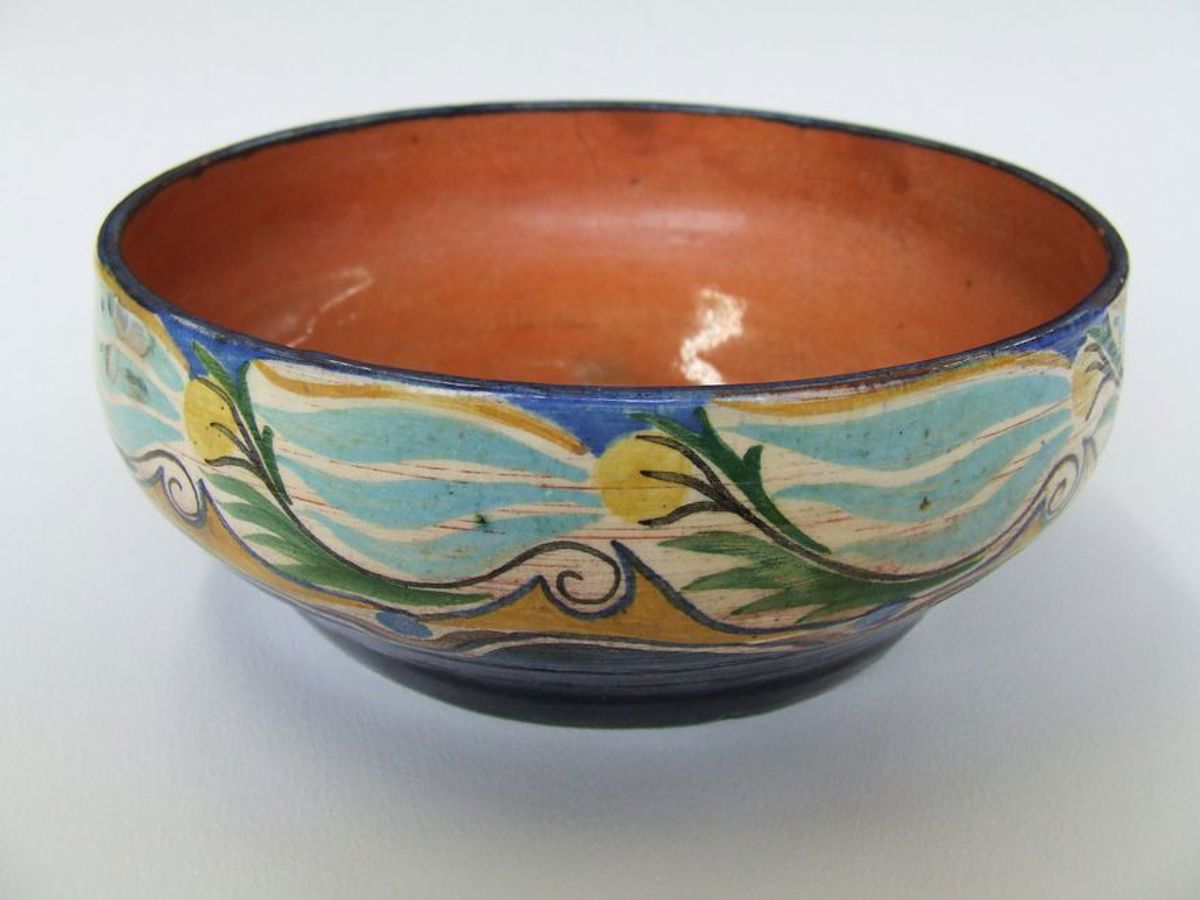
Elizabeth Lissaman
When New Zealand’s first studio potter decided as a schoolgirl that she wanted to make things from clay, her vision led to a lifetime of challenge and achievement. Elizabeth Lissaman, born in Te Waiharakeke/Blenheim in 1901, couldn't even find basic information on pottery in the library, let alone supplies.
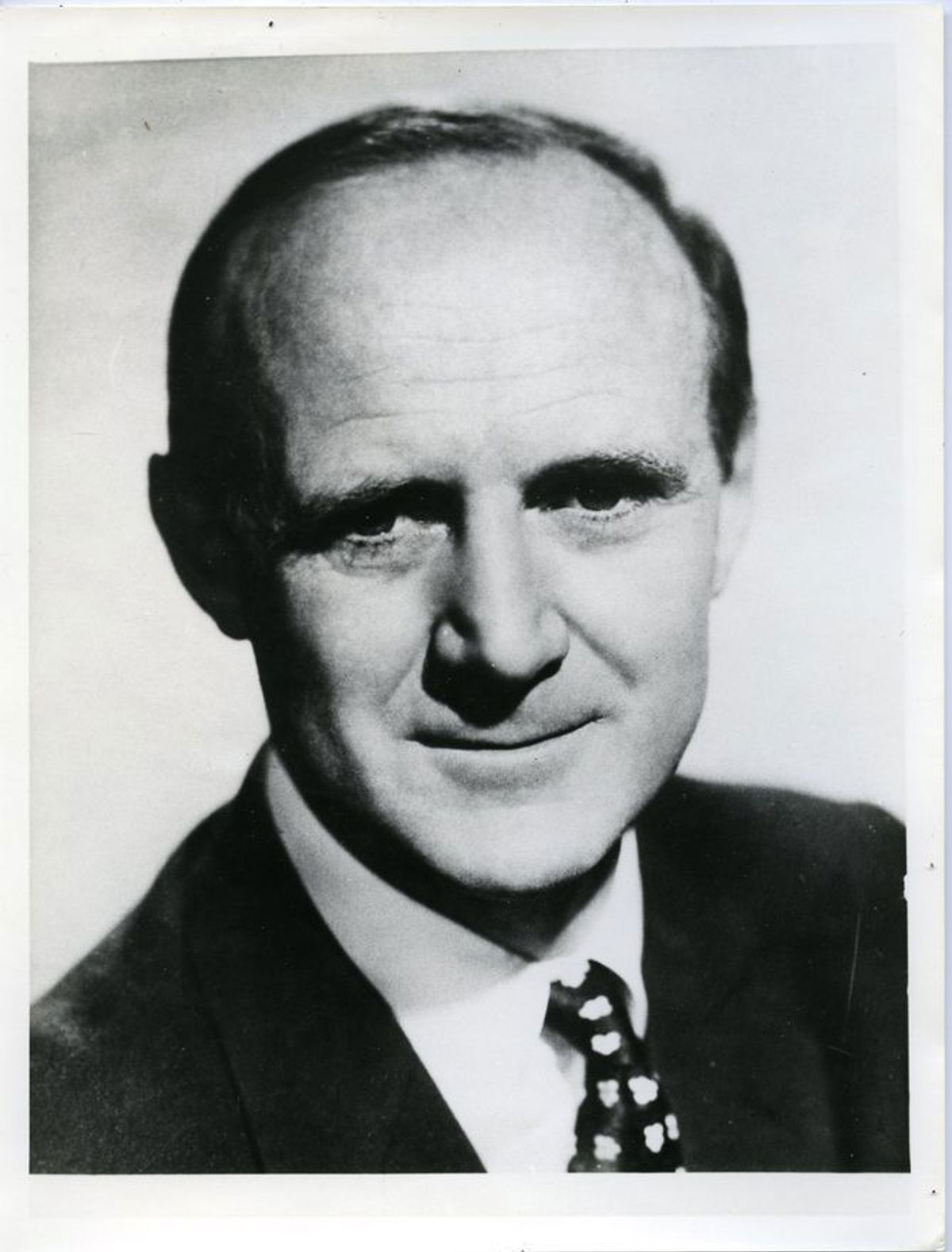
Sir William Pickering
The rocket scientist responsible for developing America’s first satellite and then led its unmanned deep space research grew up in Motuweka/Havelock. Sir William (Bill) Pickering was director of the National National Aeronautics and Space Administration's (NASA) Jet Propulsion Laboratory for 22 years.
Lord Ernest Rutherford
“I have broken the machine and touched the ghost of matter.” Ernest Rutherford on splitting the atom. The scientist who split the atom, Ernest Rutherford, spent some of his childhood in Marlborough.
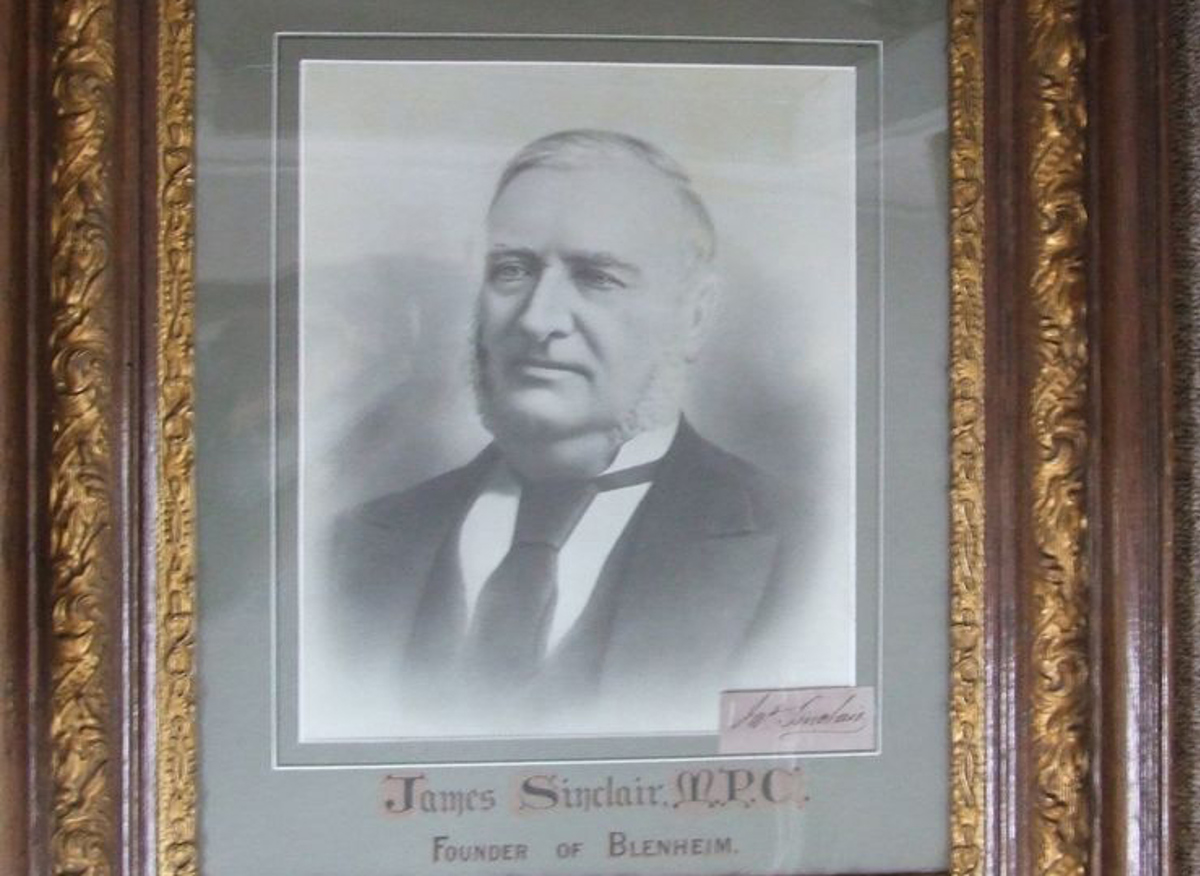
James Sinclair
Scotsman James Sinclair has been credited with being the most important of the founding fathers of Blenheim. He didn’t just build the first house in town, but ended up owning a significant portion of it, earning the nickname “King of the Beaver”.
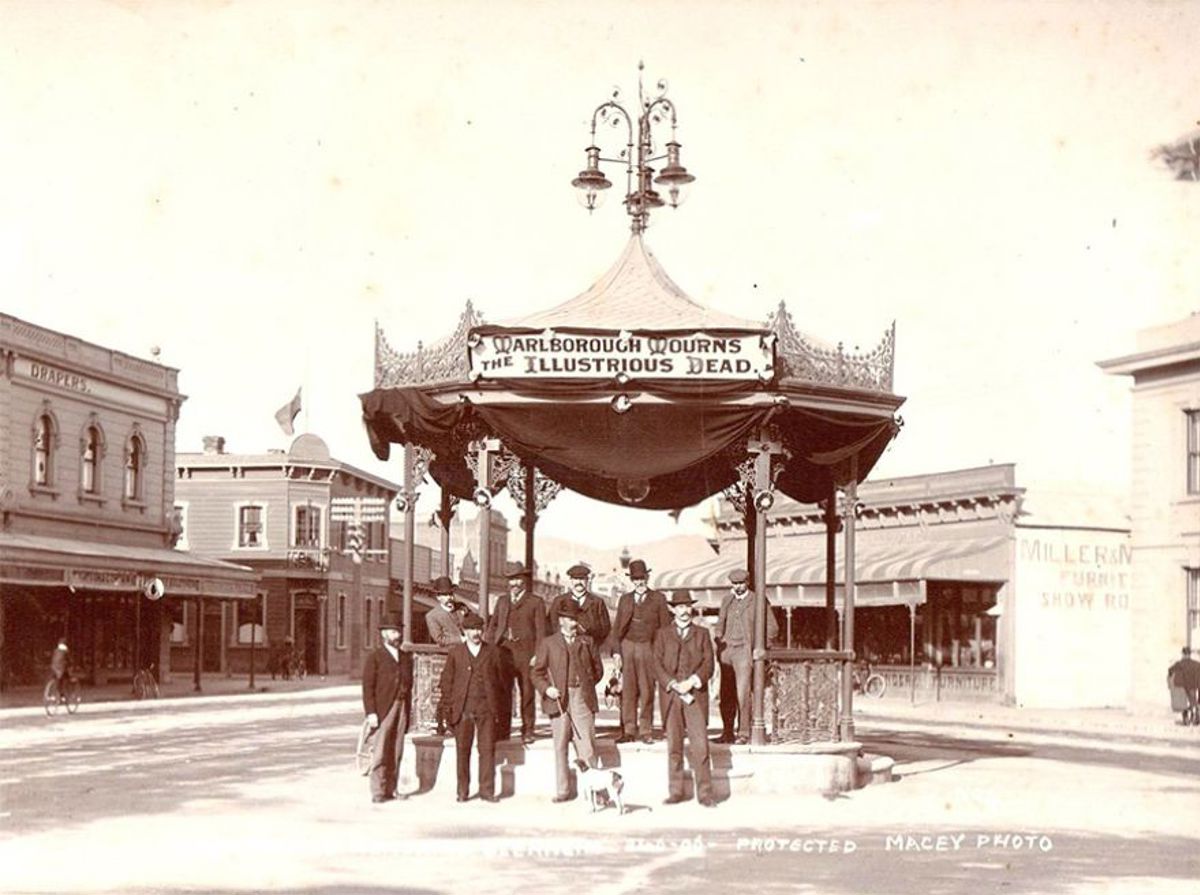
Te Waiharakeke/Blenheim Heritage
The lower Wairau was known as Te Waiharakeke by Māori, which means the waters of flax, in reference to the waterlogged land and plentiful flax. For the same reason, it was dubbed The Beaver and Beavertown by many of its European settlers.
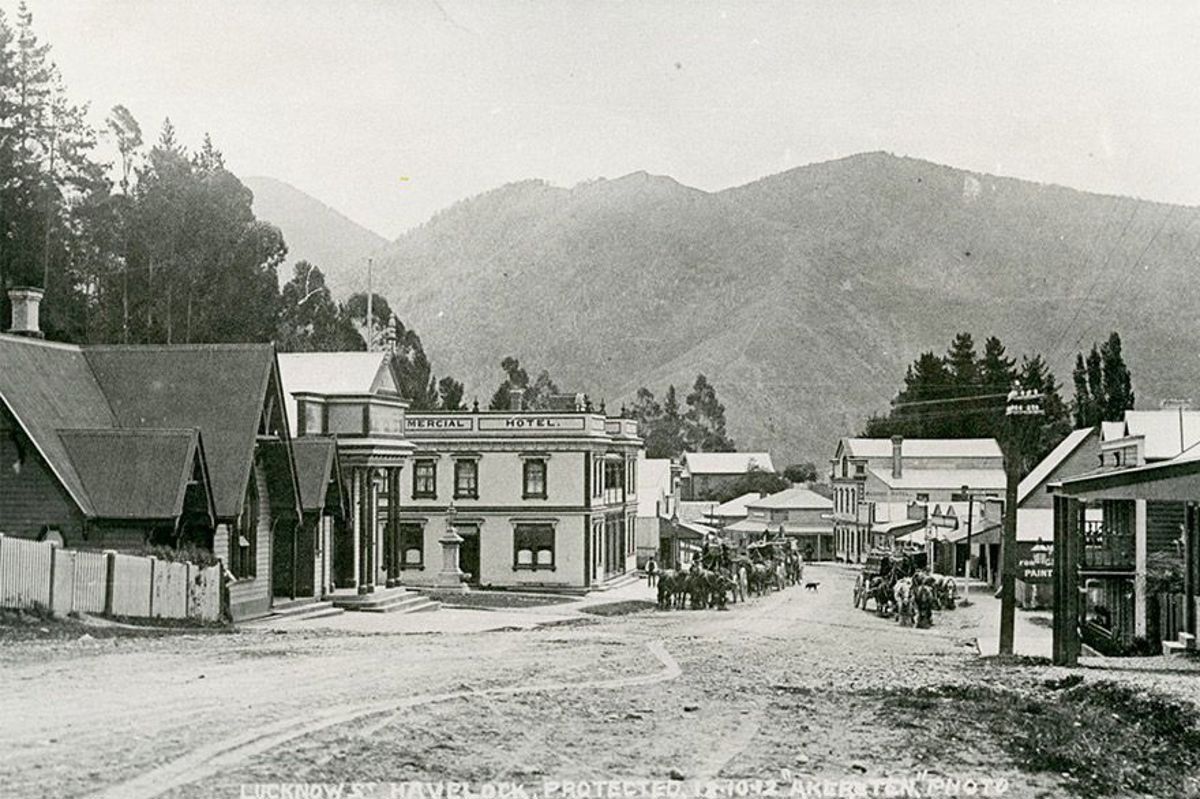
Motuweka/Havelock Heritage
Before Havelock was settled as a gold rush town, it was a Māori pa named Motuweka. The settlement was at the junction of two Māori trails from Waitohi/Picton and the Wairau.
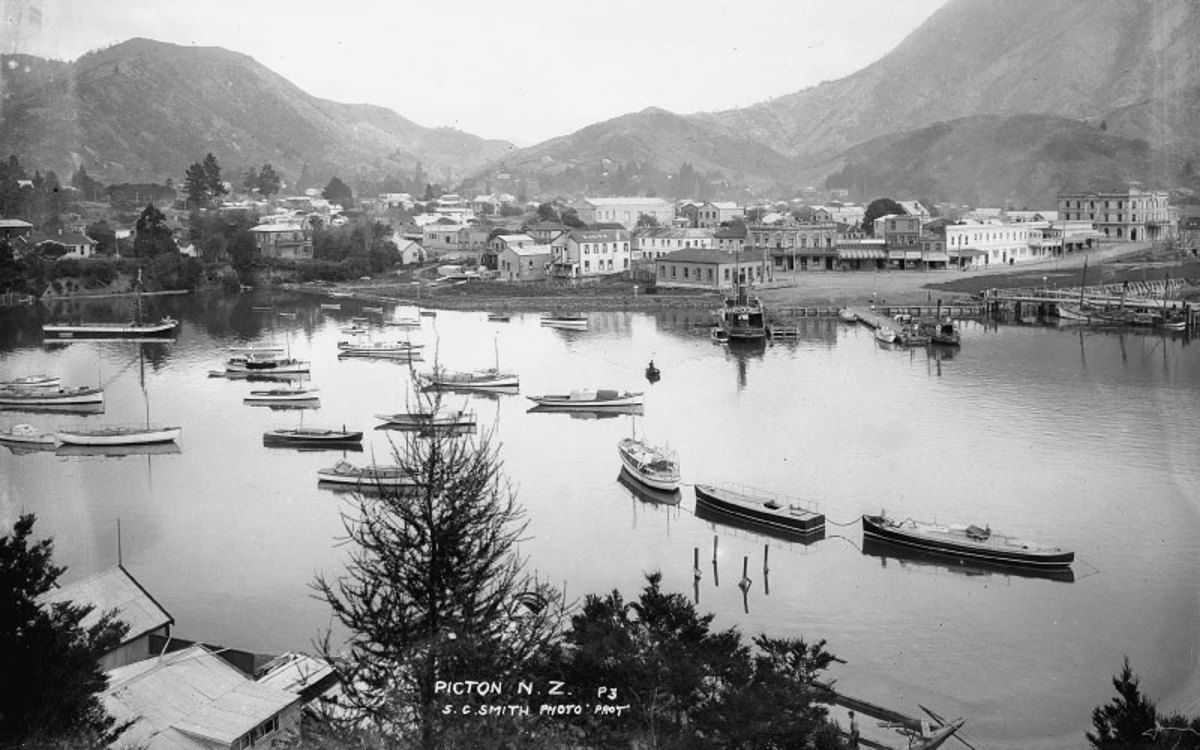
Waitohi/Picton Heritage
It’s a little-known fact that when Marlborough was established as a province in 1859, Picton enjoyed a brief stint as its capital. Te Weranga o Waitohi was settled by the people of Te Ātiawa in 1828, who came from Taranaki. It was named for wai (sacred waters) and tohi, a ritual performed on warriors going into battle.
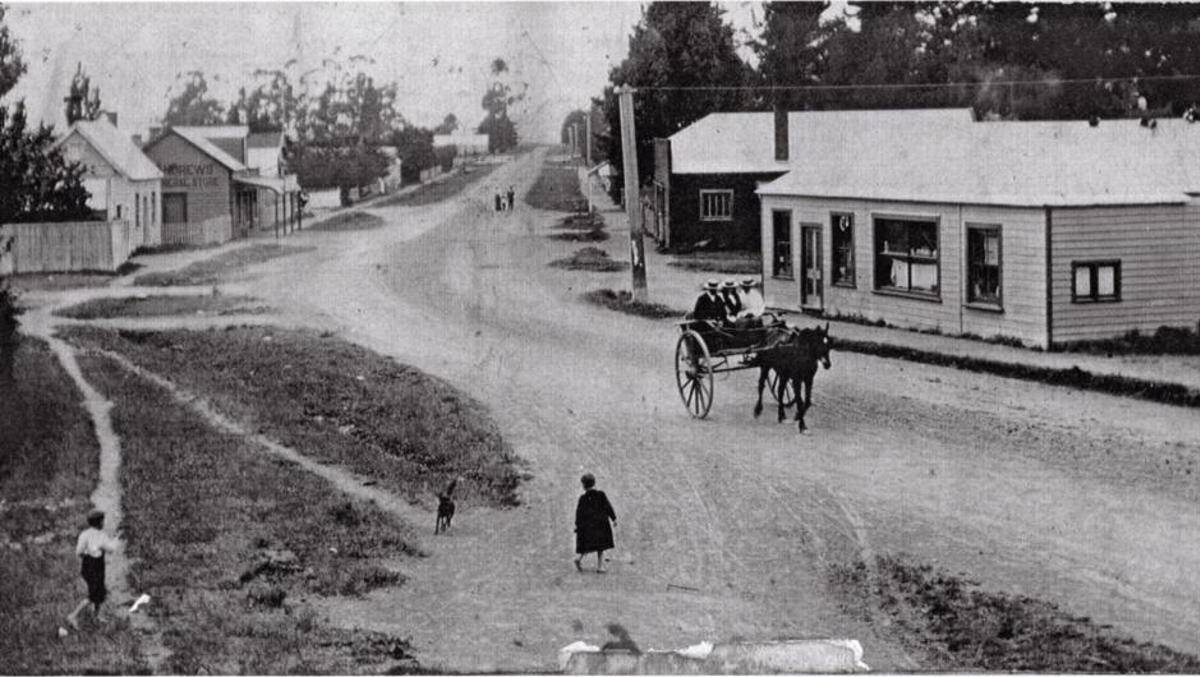
Renwick Heritage
Renwick, 10 minutes from Blenheim, is named after Scotsman Dr Thomas Renwick. He arrived in Nelson in 1842 and some years later purchased Dumgree in the Awatere Valley and the Delta Dairy in the Waihopai Valley.
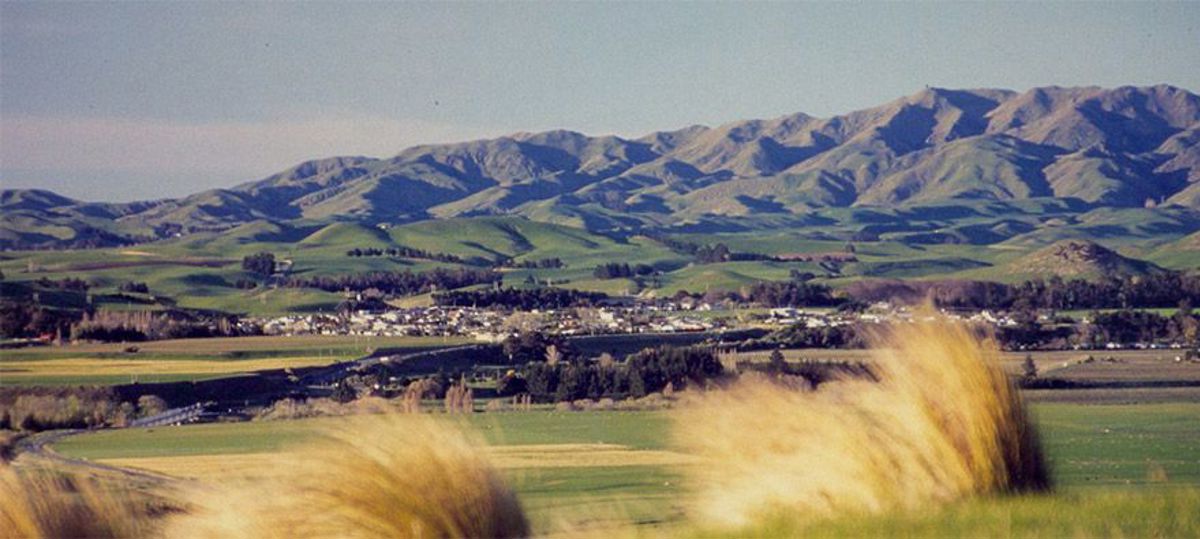
Seddon Heritage
Seddon, 25km south of Blenheim, was named after charismatic New Zealand premier Richard John Seddon. Like Ward to the south, Seddon emerged as the result of an act that allowed the Crown to break up large pastoral estates and create smaller holdings for New Zealand’s growing population.
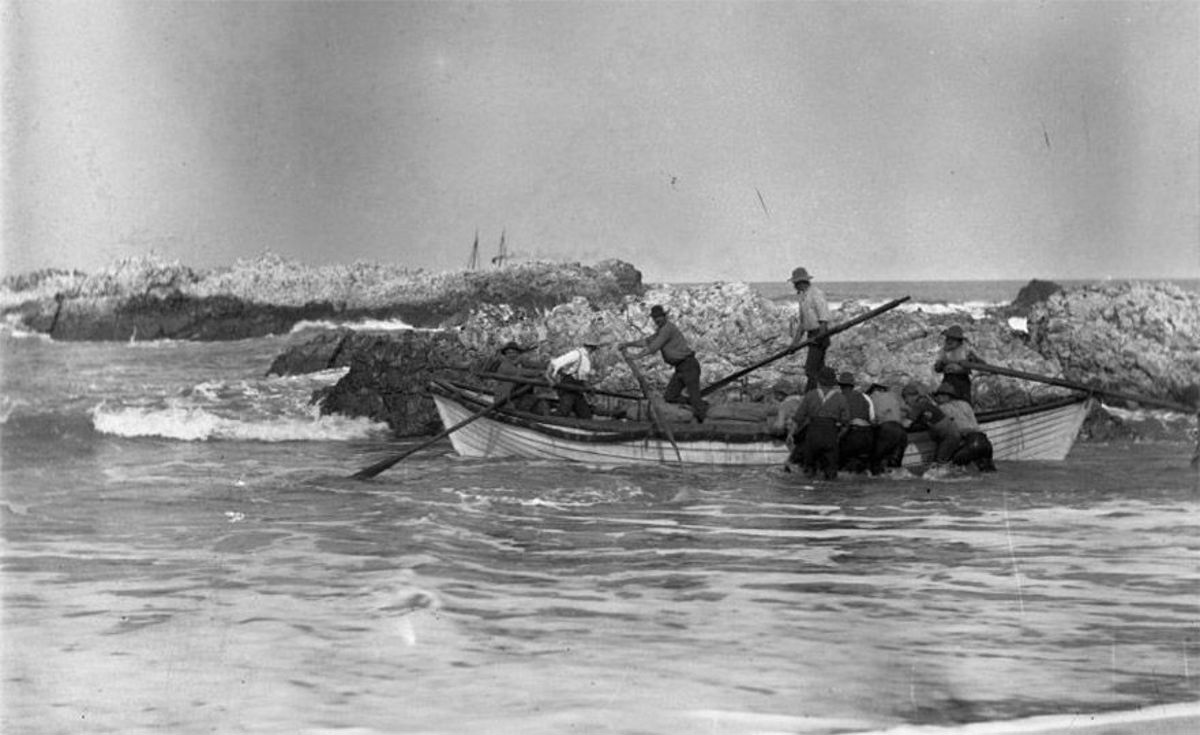
Ward Heritage
Ward, located 45km south of Blenheim, was built on what was once the South Island’s first and largest pastoral station. Flaxbourne Station was 23,000ha in size and, near its end in the 1870s, ran more than 70,000 sheep.
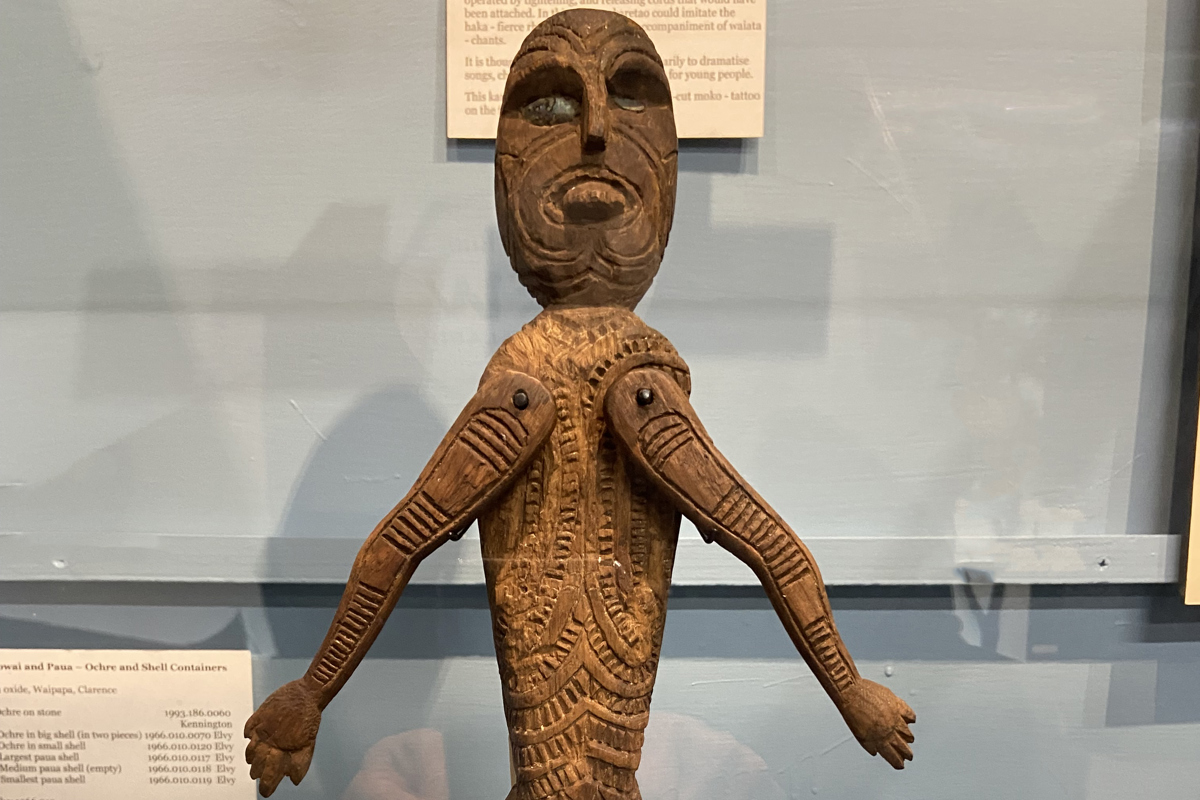
Arts & Culture
Discover the arts, culture, history and legends of the early settlers of the region.
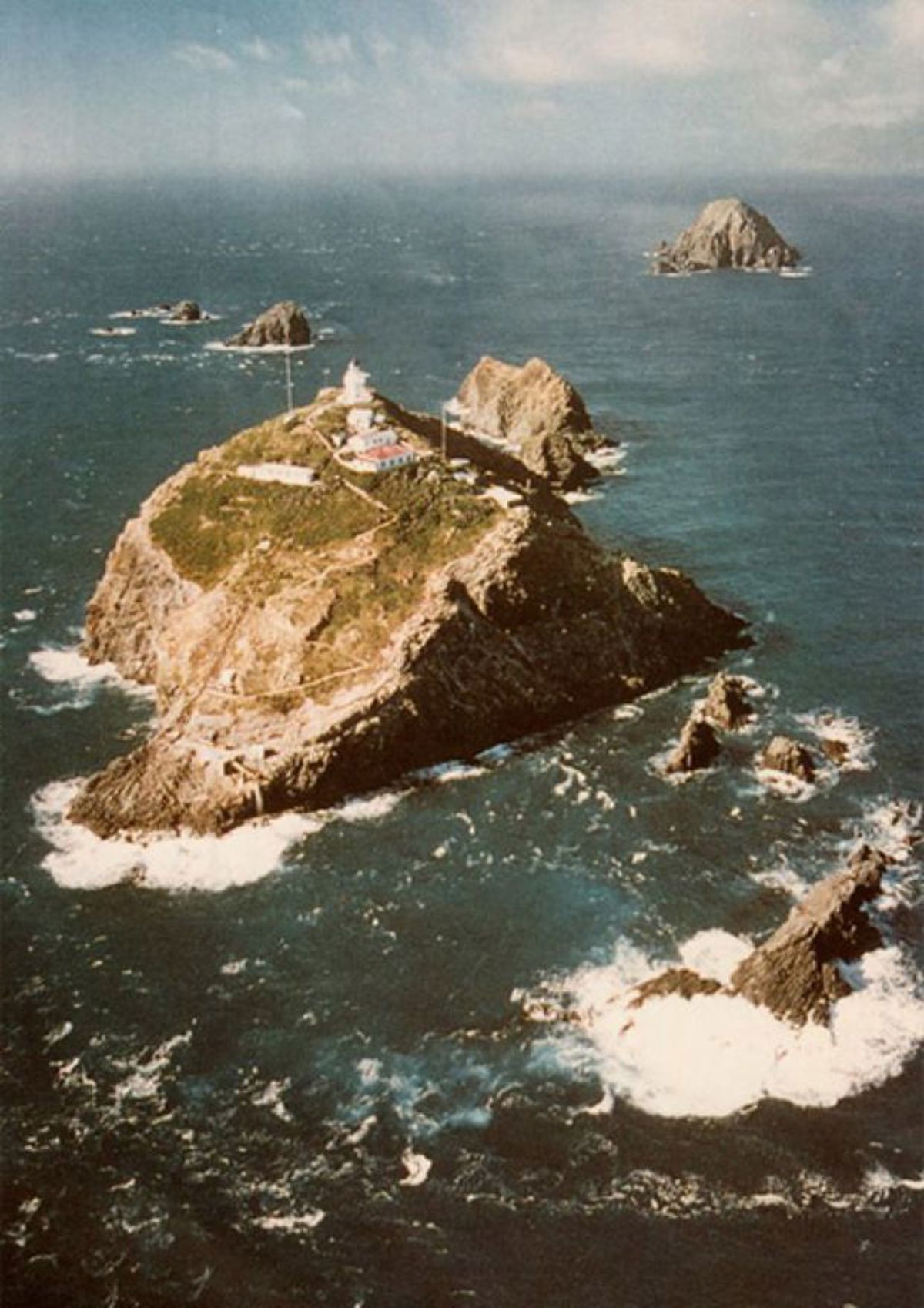
Kupe and the Te Wheke-o-Muturangi
A carved pou (marker post) at Te Rae o Karaka/Karaka Point, near Picton, depicts the story of how Māori navigator Kupe overcame a giant octopus, Te Wheke-o-Muturangi.
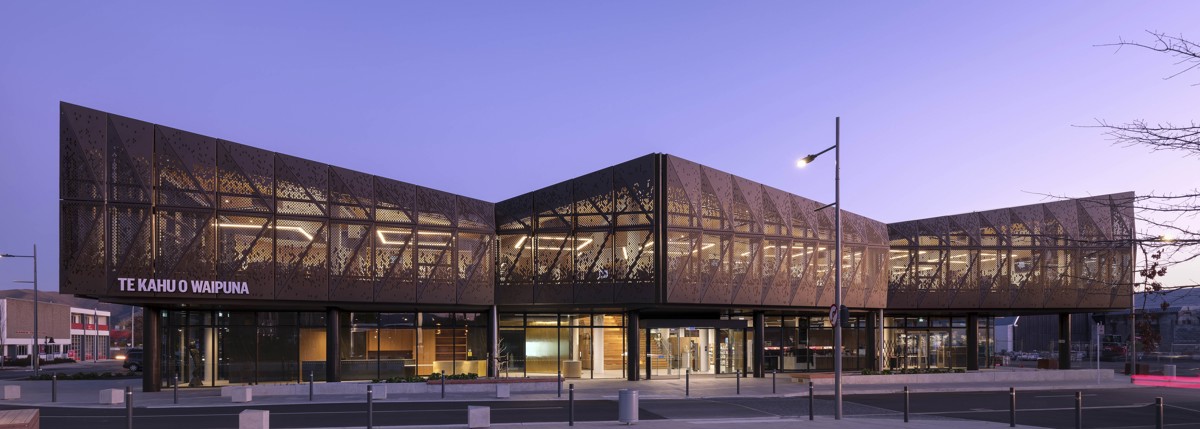
Te Kahu o Waipuna
Te Kahu o Waipuna is the official name of Blenheim's Library and Marlborough Art Gallery.

